France
Paris
Welcome to
With a history of transforming some of the world’s most iconic consumer-loved brands and building upon strategic foundations that marry performance, visual language, and storytelling, CBA Design (WPP Group) has decided to offer a more specific service dedicated to fast-growing start-ups in the US market, that need strategic direction.
With solid experience and established credibility in the startup’s ecosystem, we’ve observed one key insight: Startups tend to focus on perfecting their product and its technical aspects, but in doing so, they can miss a crucial element: their brand. Realizing this significant oversight, we have accompanied start-ups for quite some time, crafting their brand strategies hand in hand.
Below the Brand is dedicated to developing foundational brand and product strategies for start-ups with ambitious goals. It focus solely on achieving growth objectives by:
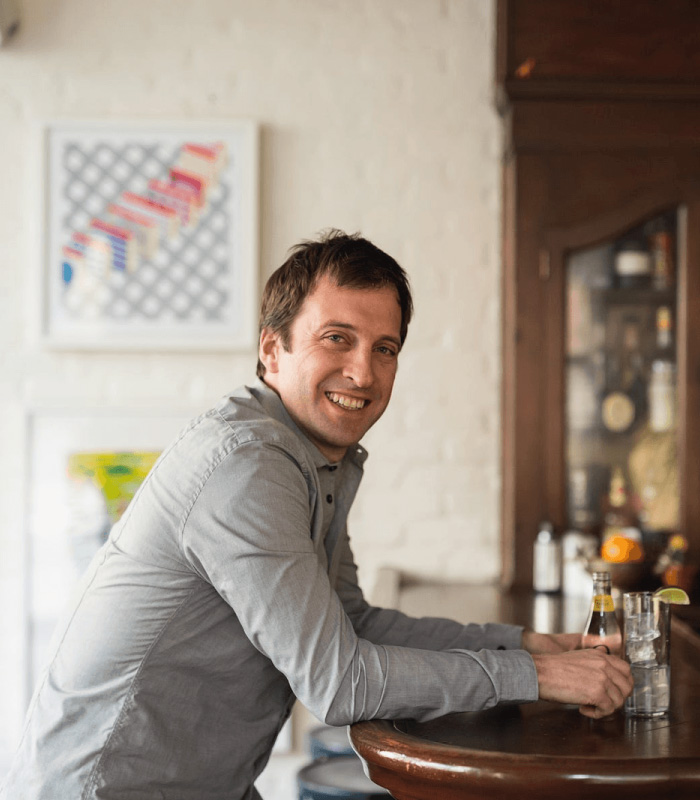
Below the Brand was just what we needed! They’re talented, strategic and move fast – exactly what a start up needs. We did a “Sprint Mode” with them and it turned out great.
The whole process was super collaborative, and by starting with really well thought-out ideas and then working through a number of rapid iterations, they added a ton of strategic and creative value fast and effectively.And best of all – they’re fun to work with!
— Jordan Silbert, founder of Agro
Working with the Below the Brand team was my secret weapon while building a marketing function from scratch.
From value proposition design to brand strategy to architecture and naming, they helped our team create foundational assets that set Brightseed up for success. Without collaborating remotely in Sprint Mode® I would not have been able to scale marketing in such an efficient and inspiring way
— Emma Cooper Mullin, Senior Director of Marketing, Brightseed
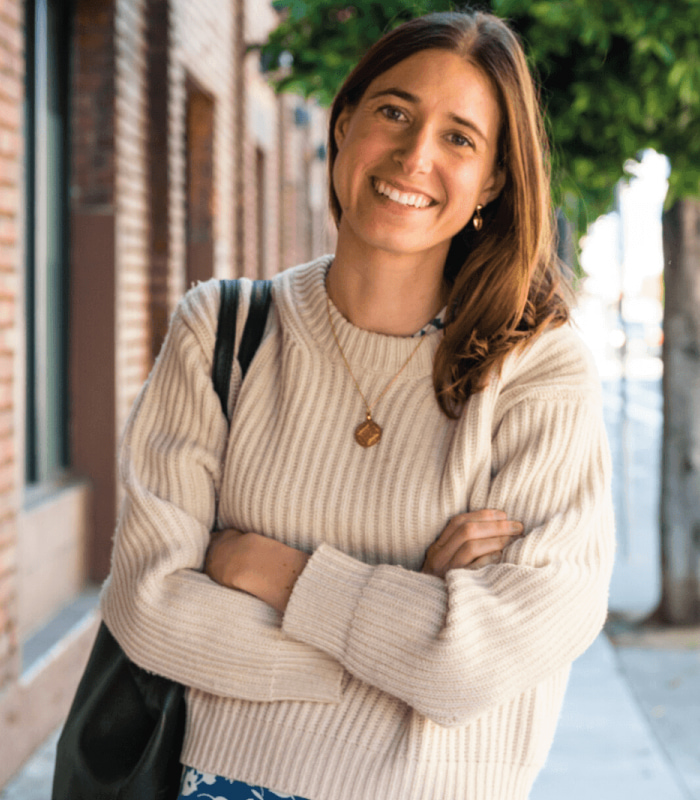

Working with the Below the Brand team was my secret weapon while building a marketing function from scratch.
From value proposition design to brand strategy to architecture and naming, they helped our team create foundational assets that set Brightseed up for success. Without collaborating remotely in Sprint Mode® I would not have been able to scale marketing in such an efficient and inspiring way
— Emma Cooper Mullin, Senior Director of Marketing, Brightseed
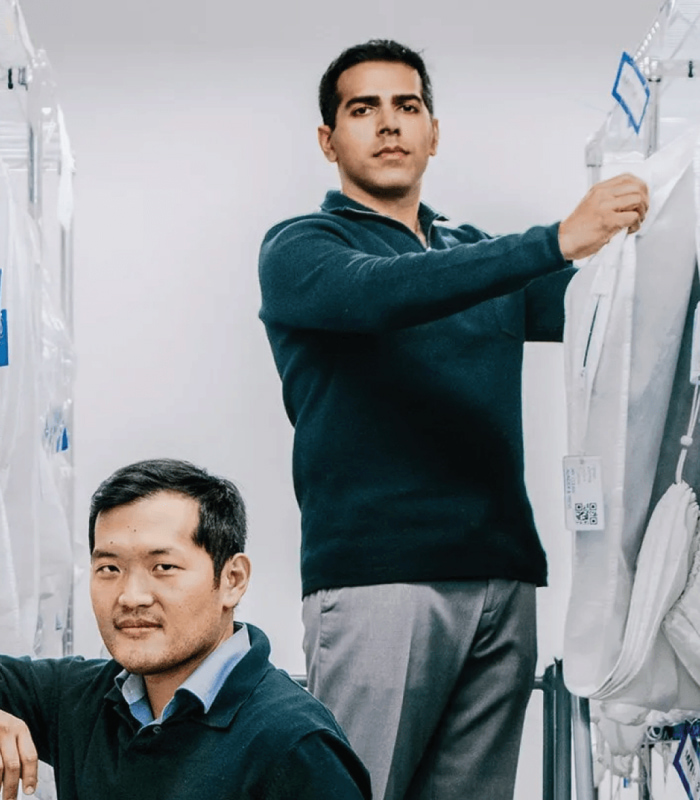
We felt they were a very good fit.
More importantly, their team gave us confidence that they would care for our brand with the same level of commitment as we would ourselves.
— Ajay Prakash, founder & CEO, Rinse
Outstanding perceptions of quality, general health and no fishy aftertaste, which is a direct reflection of the unique packaging and allows us to stand out at shelf.
— Susmita Vellanki, Vice President of Marketing, Epion Brands


Outstanding perceptions of quality, general health and no fishy aftertaste, which is a direct reflection of the unique packaging and allows us to stand out at shelf.
— Susmita Vellanki, Vice President of Marketing, Epion Brands
CBA Design wishes to support you in a personalized and human manner, extending beyond a mere professional relationship.
We believe that every important moment deserves to be celebrated and shared with loved ones! This year, we decided to spread happiness to the world, and to put a smile on evryone’s faces!
To achieve this, we offer a simple concept: coloring postcards on wich you can express your thoughts and feelings.
Our creative designers have created coloring postcards to accompany you throughout this promising year and be by your side everyday!
This annual tradition is not only an opportunity for us to express our well-wishes but also to demonstrate our expertise, creativity, and commitment to nurturing our enduring relationships.
As we step into 2024, we are filled with anticipation and excitement as we gaze into the future.
What are our dreams? Our values? What really makes us HAPPY and FULFILLED?

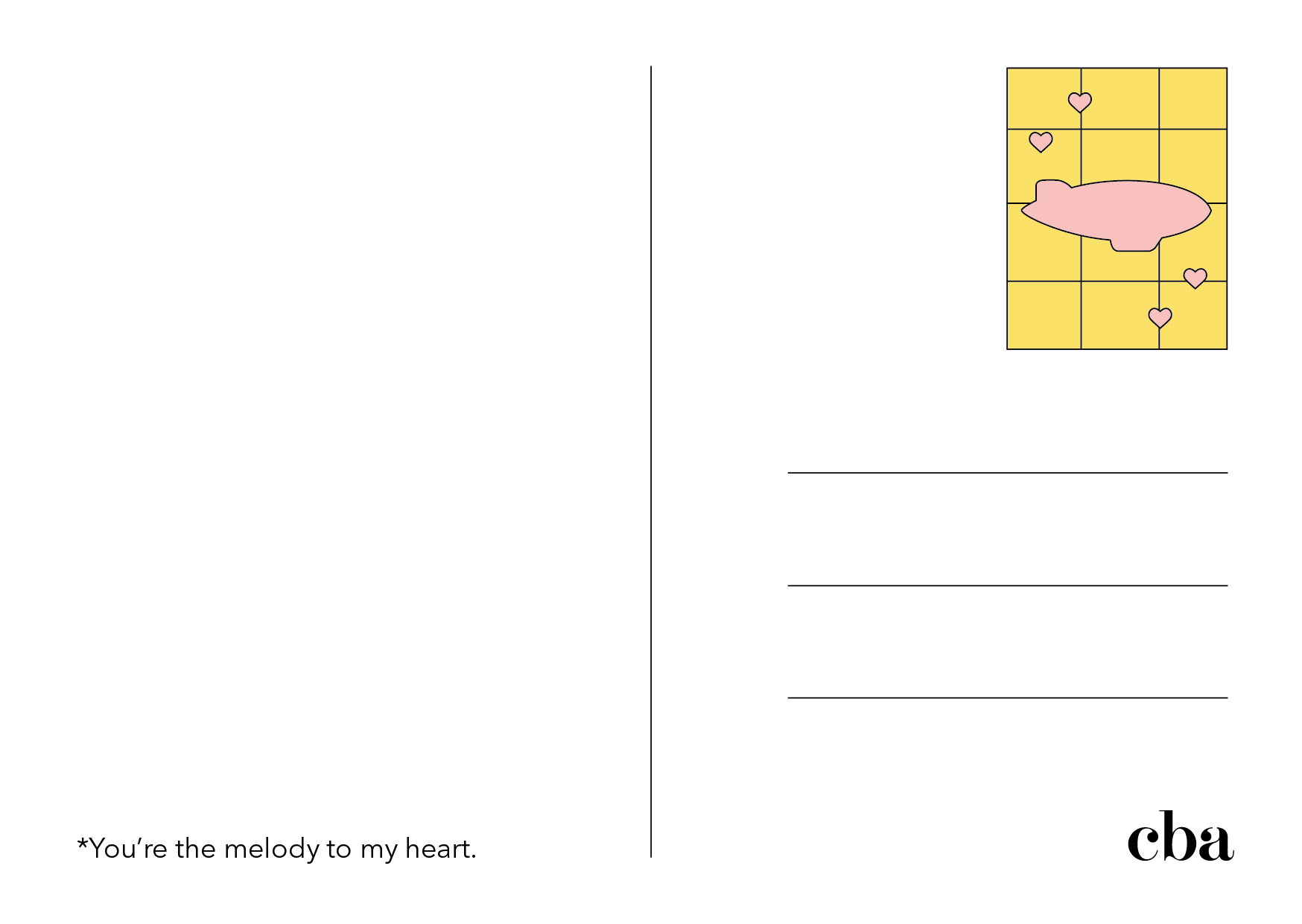
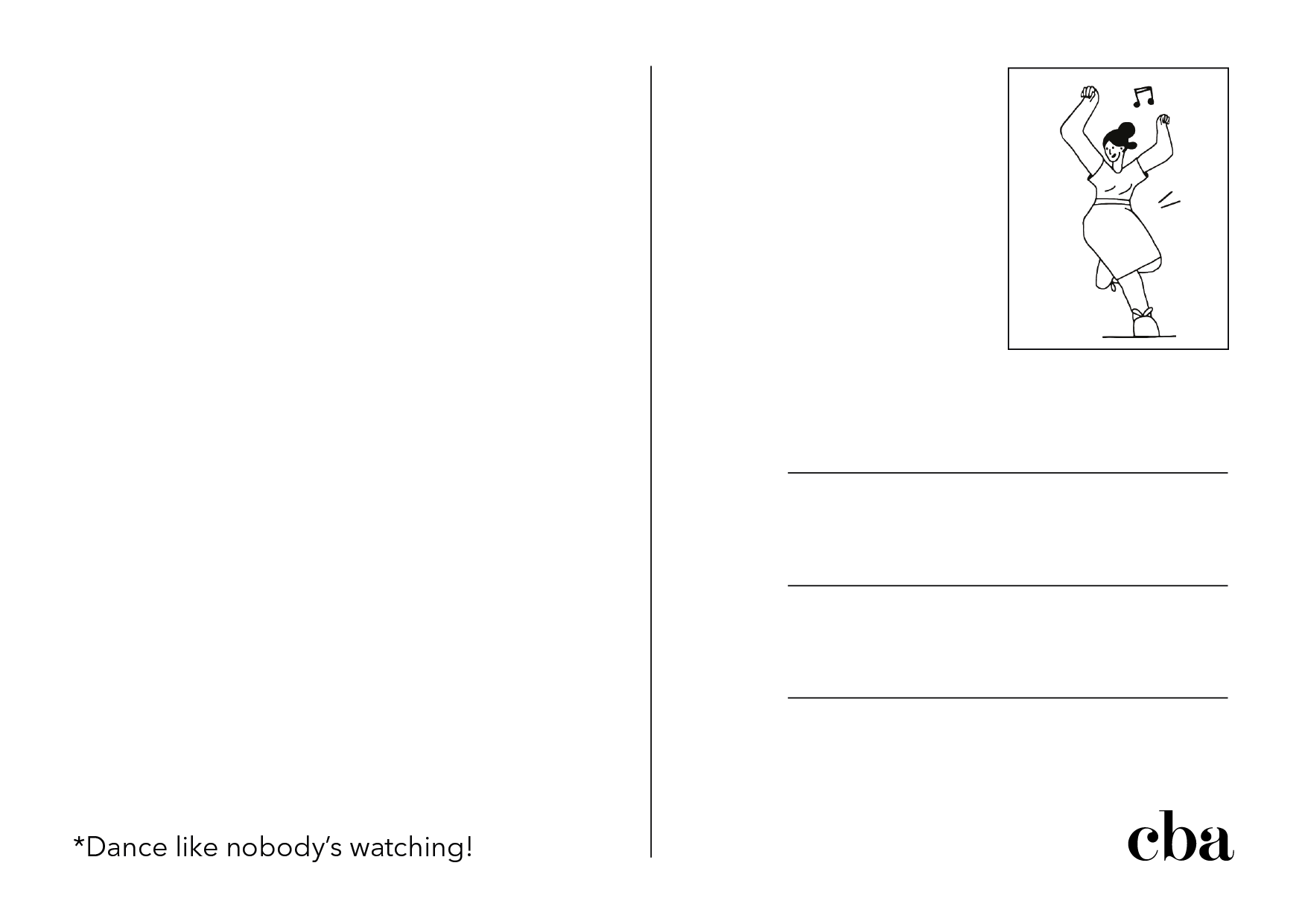
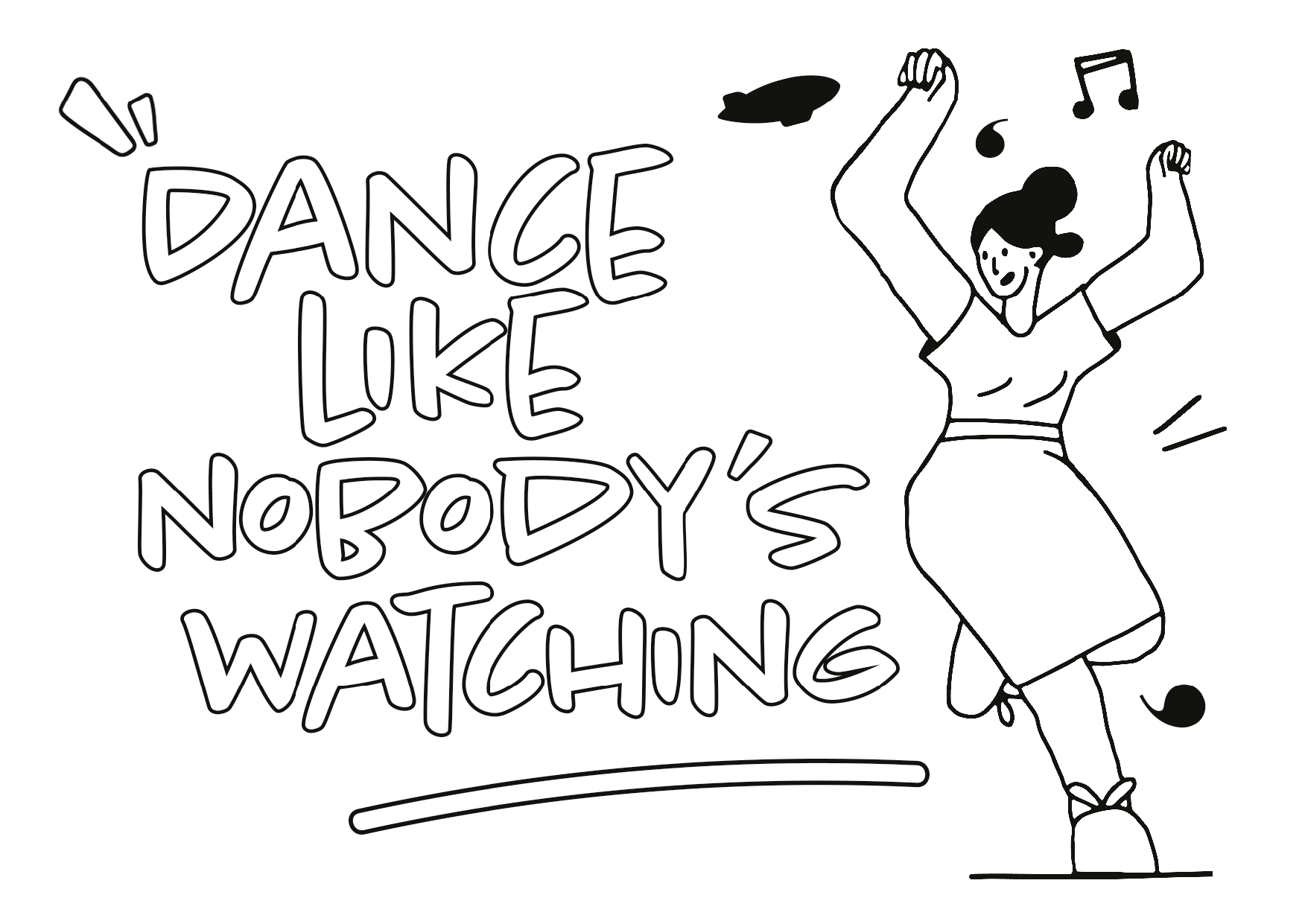
For the fourth edition of 12X6, we immersed ourselves in the world of Serena Gianoli. Her deep fascination in Japanese culture, inspired by her readings, has given life to 12 artworks representing characters, customs, and legends from Japanese popular culture.
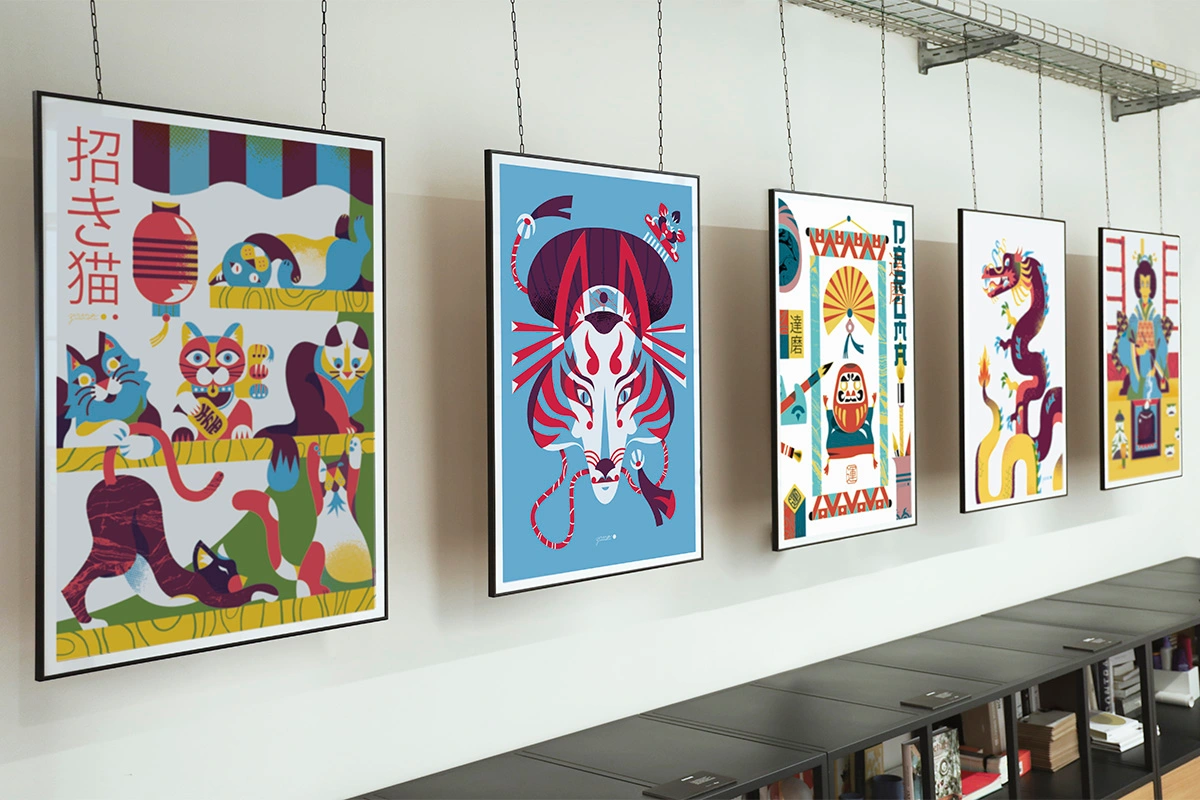
The Japonisme exhibition, which we inaugurated on October 19th in the company of friends, colleagues, and design enthusiasts, takes its name from a term coined at the end of the 19th century by the critic Philippe Burty.
“Japonisme,” prevalent mainly in the 19th century, represents the influence of Japanese art, culture, and aesthetics on Western culture. This artistic movement originated in Europe, especially in France, and influenced numerous artists and designers of the time. Japanese artists like Hokusai and Hiroshige became famous in the West through prints and artworks imported from Japan, depicting cherry blossoms, everyday life scenes, costumes, and more.
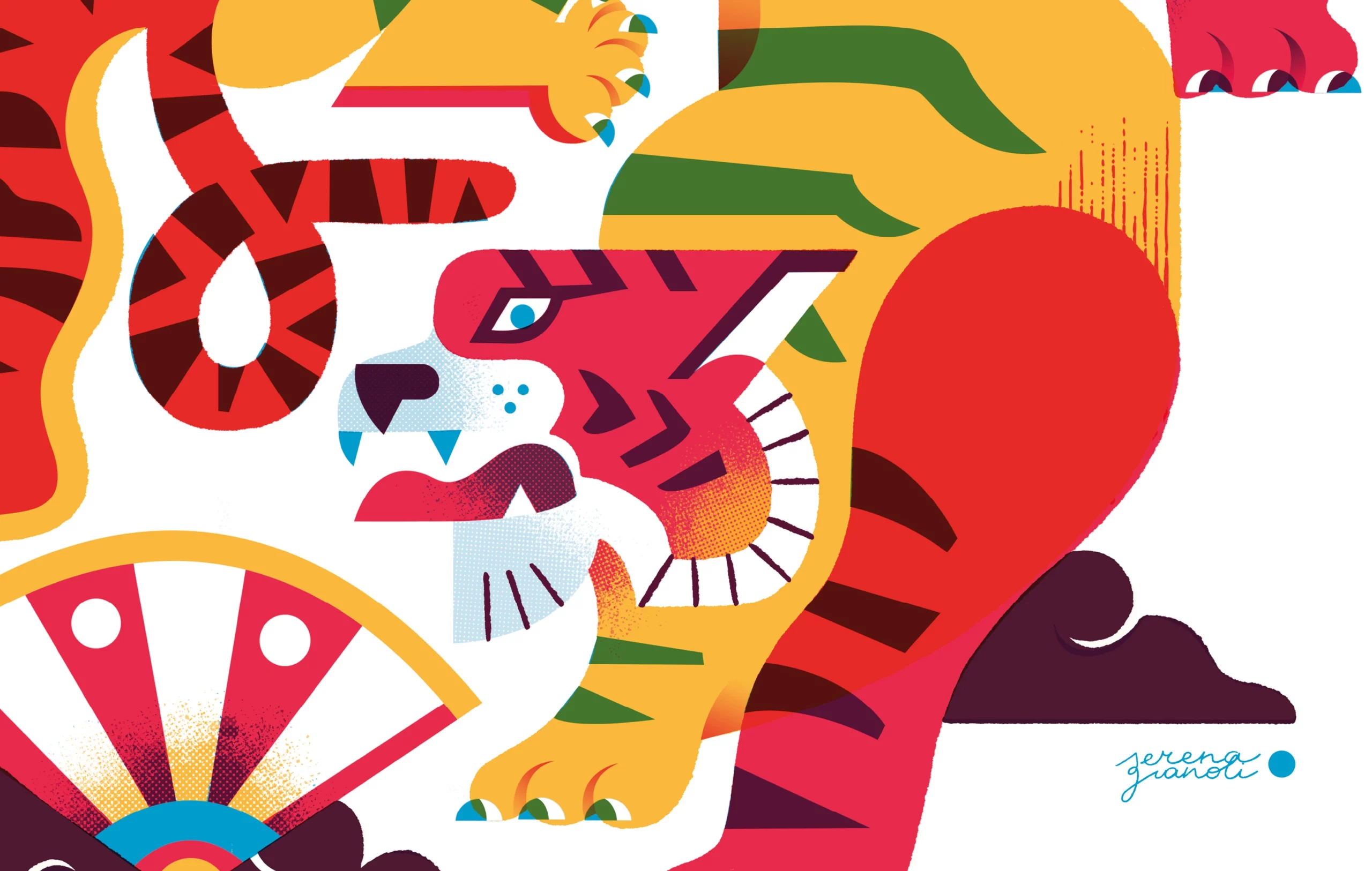

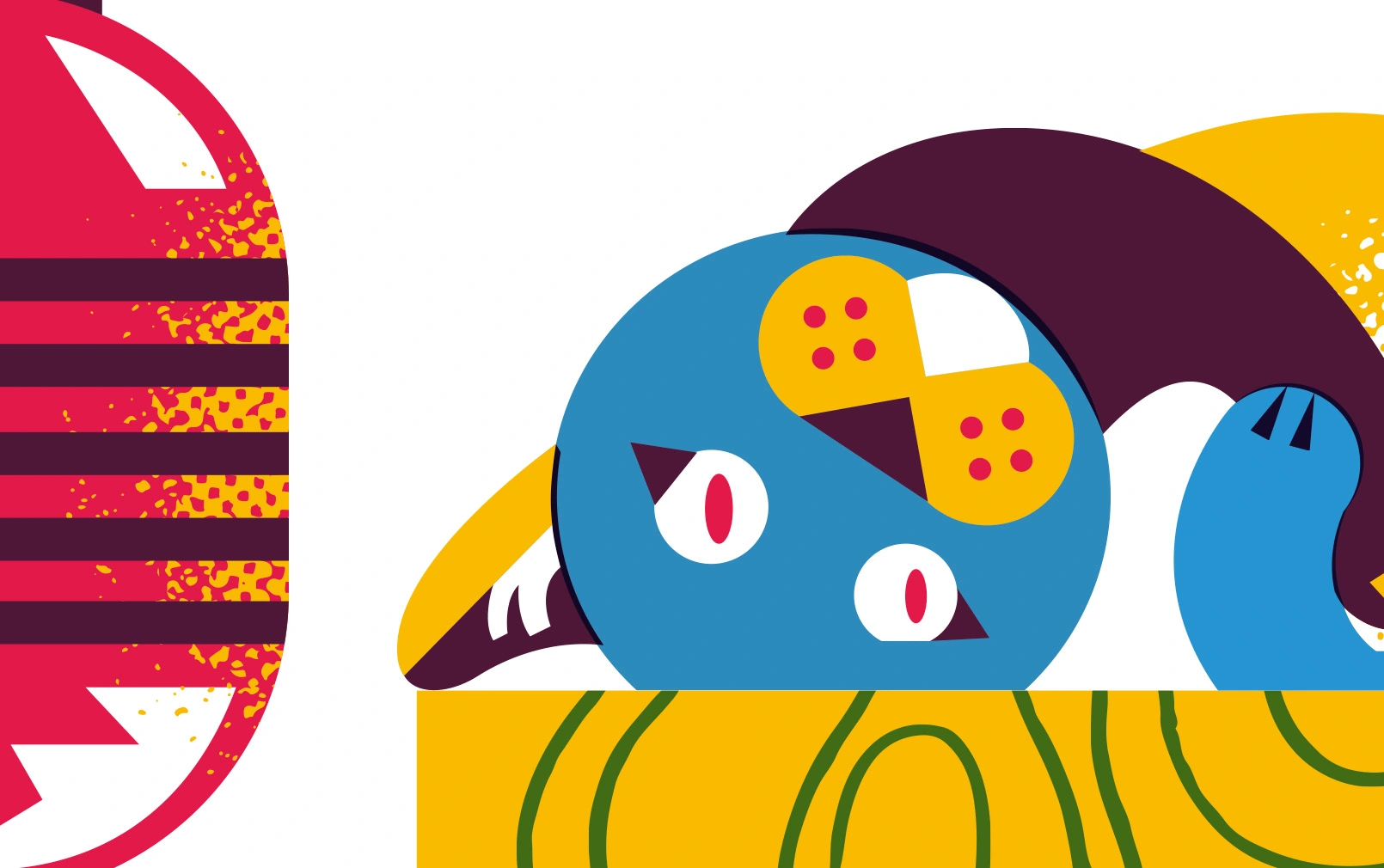
"A couple of years ago, during research for a mythology-related project, I came across the legend of Namazu, a massive catfish capable of causing earthquakes and kept in check by the god Kashima, the thunder deity. Captivated by paintings depicting this legend, I wanted to interpret, in my own way, some of these mythological images and the fluidity, as well as the strength, of Japanese artistic representations.”
Serena Gianoli
Among the highlights of the exhibition, you will find depictions of herons and cherry blossoms, timeless symbols in Japanese art and culture. Herons symbolize grace and longevity. There is also Kintsugi, an ancient Japanese art known as the ‘golden repair,’ which uses lacquer and gold powder to mend broken objects. You will also discover artworks inspired by samurai, the tea ceremony, dragons and tigers, Namazu, and Taiko, the traditional drums that embody power and rhythm in Japanese culture.
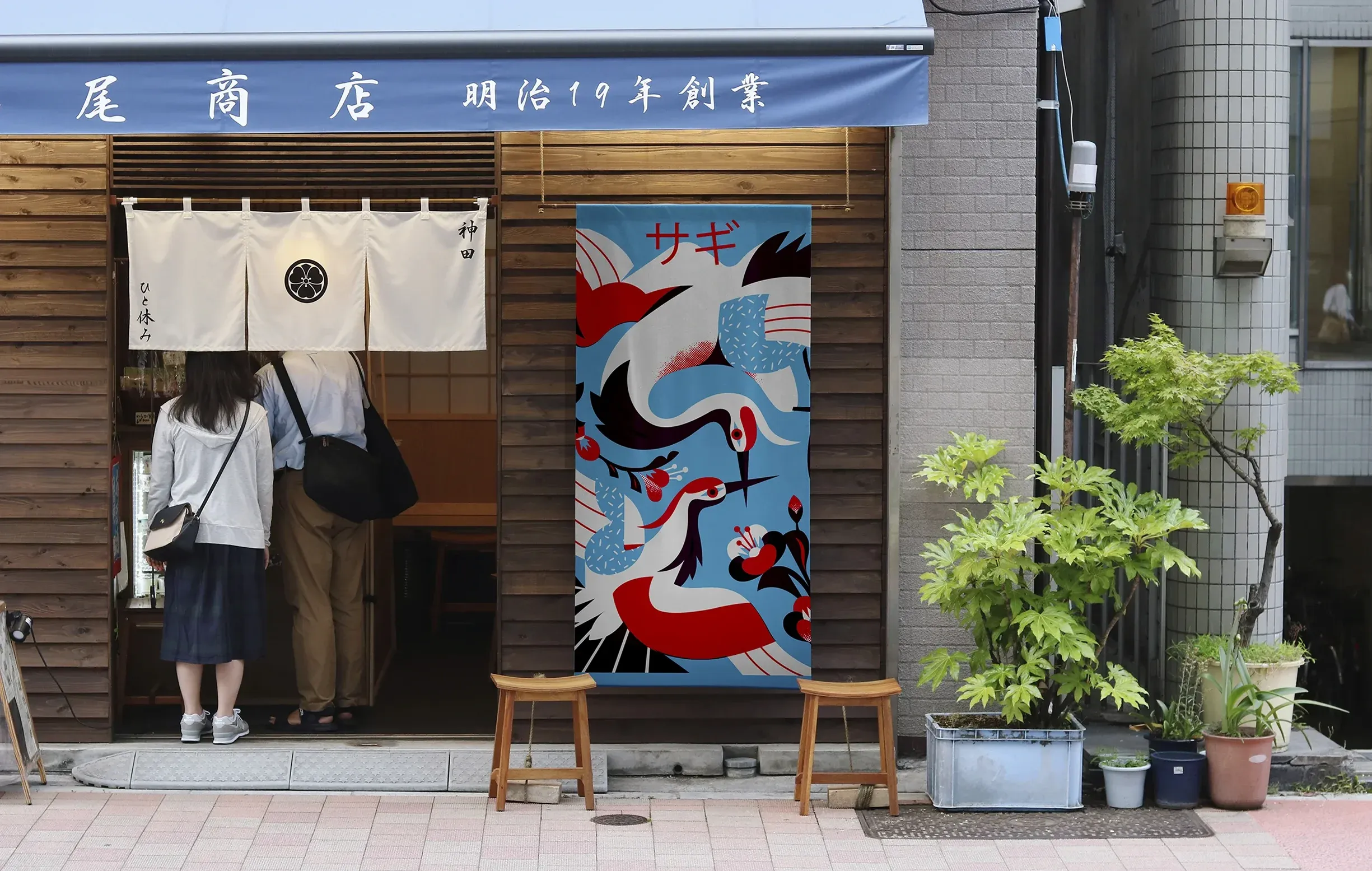
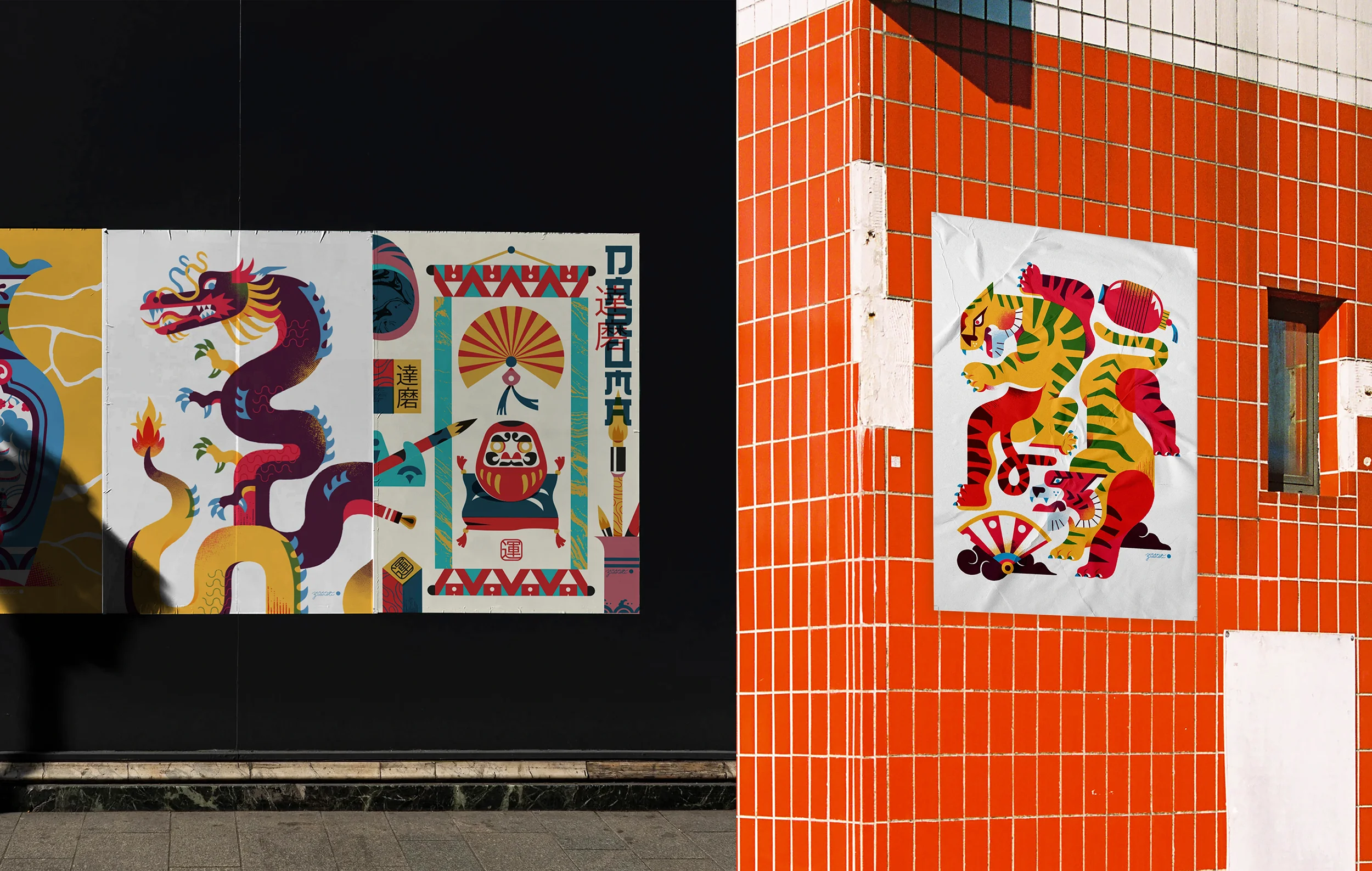
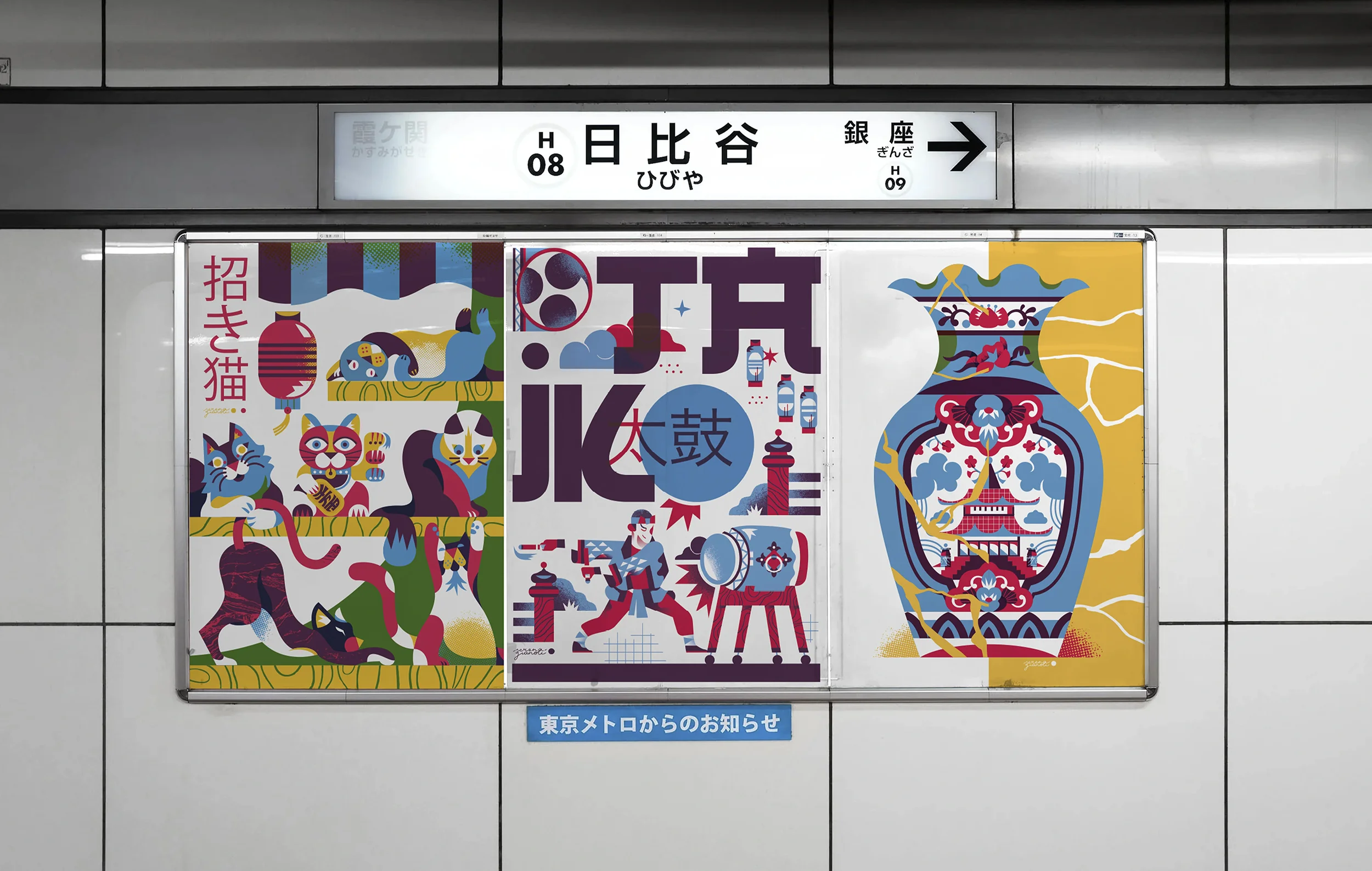
12X6 is a project born to provide space, both metaphorically and literally, for young professionals in the world of visual arts. Every six months, a comprehensive journey of twelve artworks is hosted in our offices, which become a permanent gallery for creative talents.
During the opening night, Serena performed live painting, creating the Pet-Daruma, charming Japanese-style representations of our four-legged friends.
Instagram: @pet_daruma
Daruma dolls, also known as Dharma dolls, are Japanese votive figurines without legs or arms, representing Bodhidharma, the founder and first patriarch of Zen.
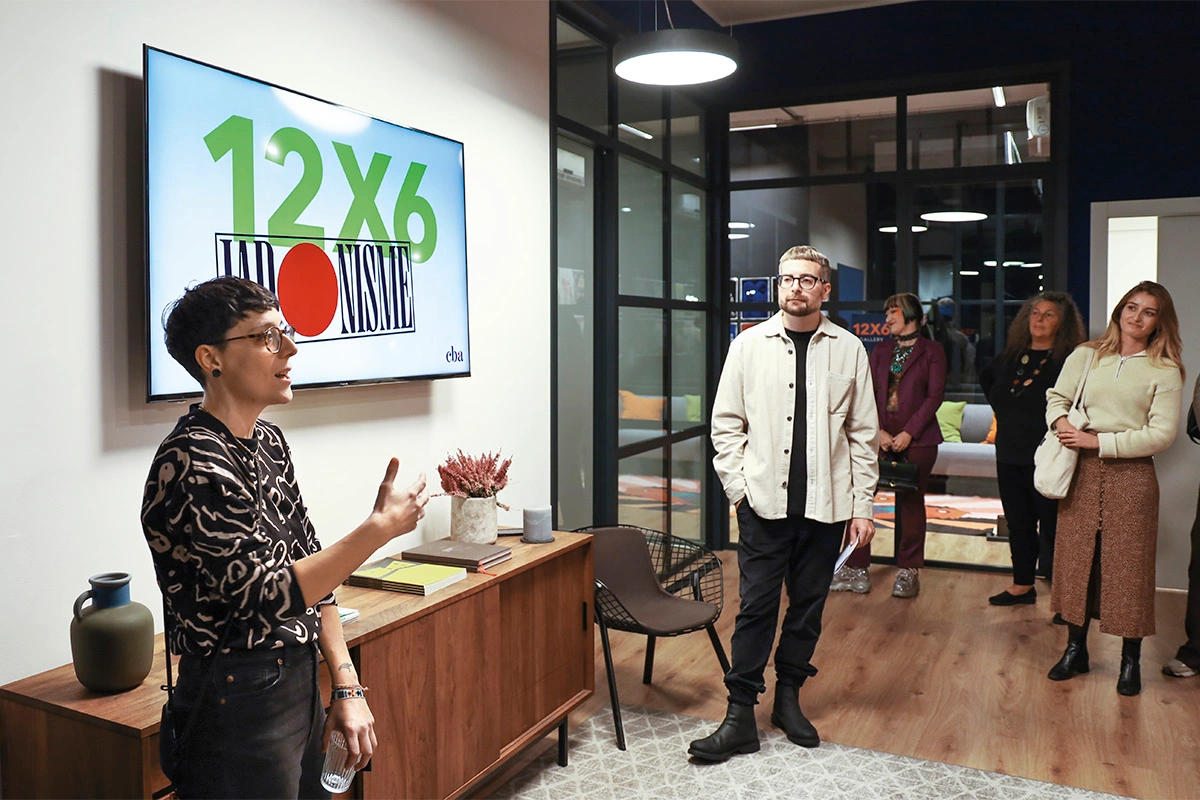
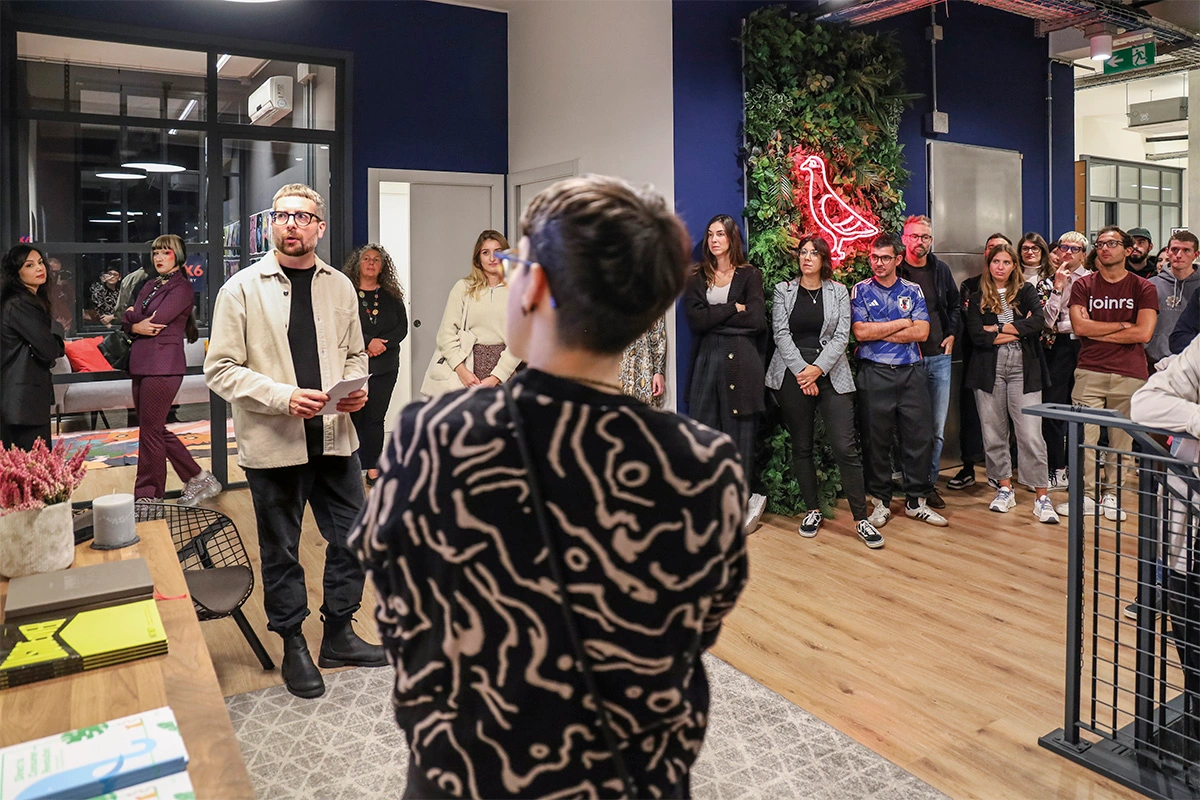
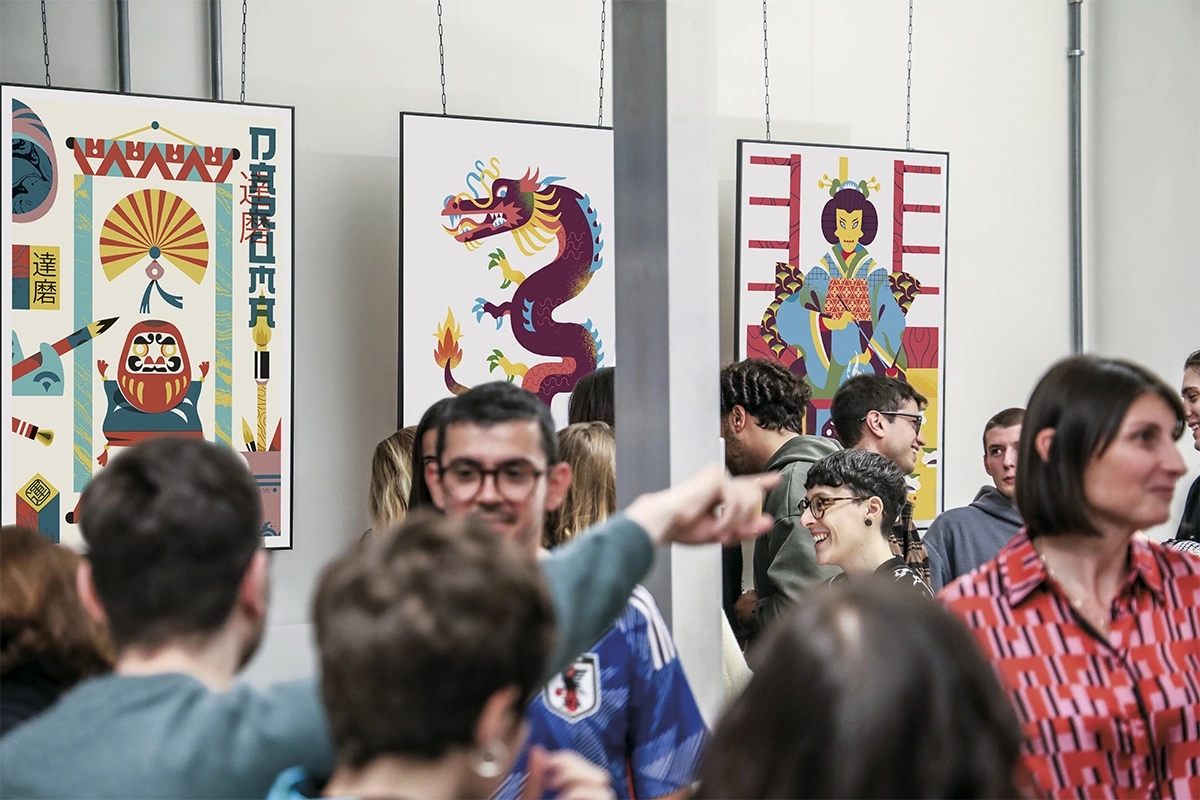
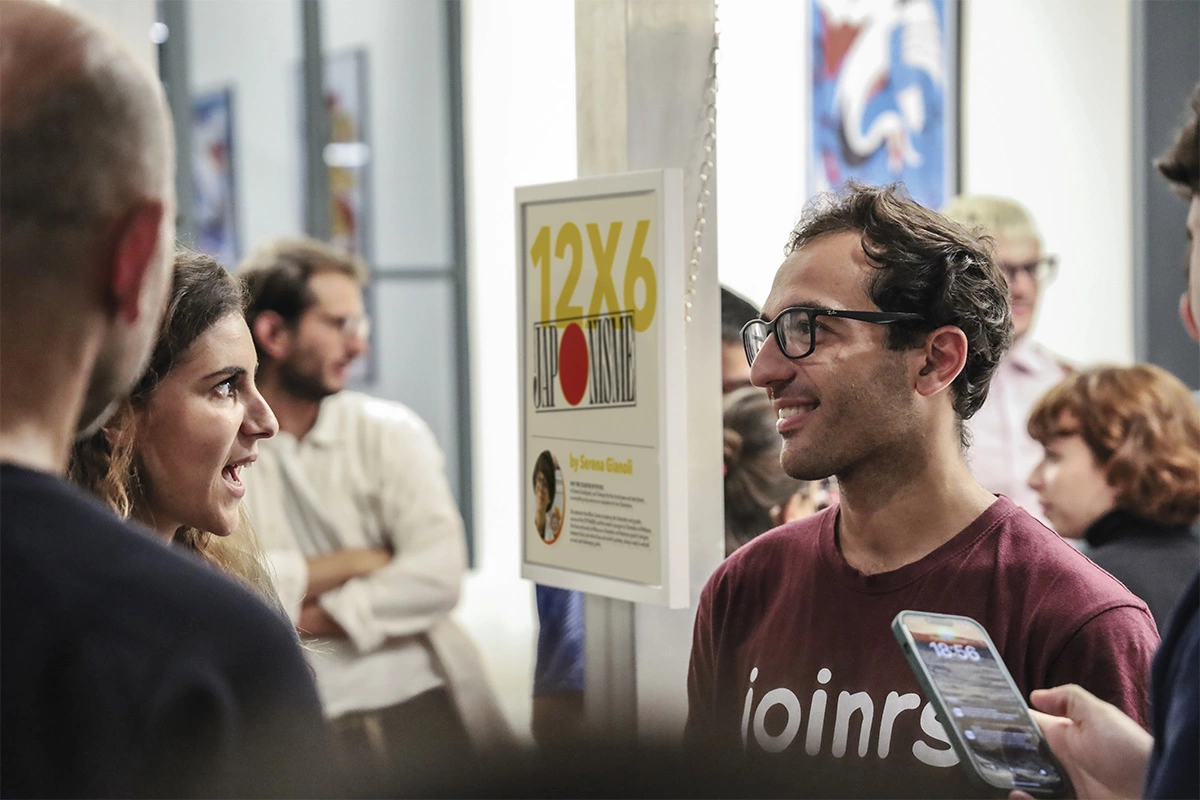
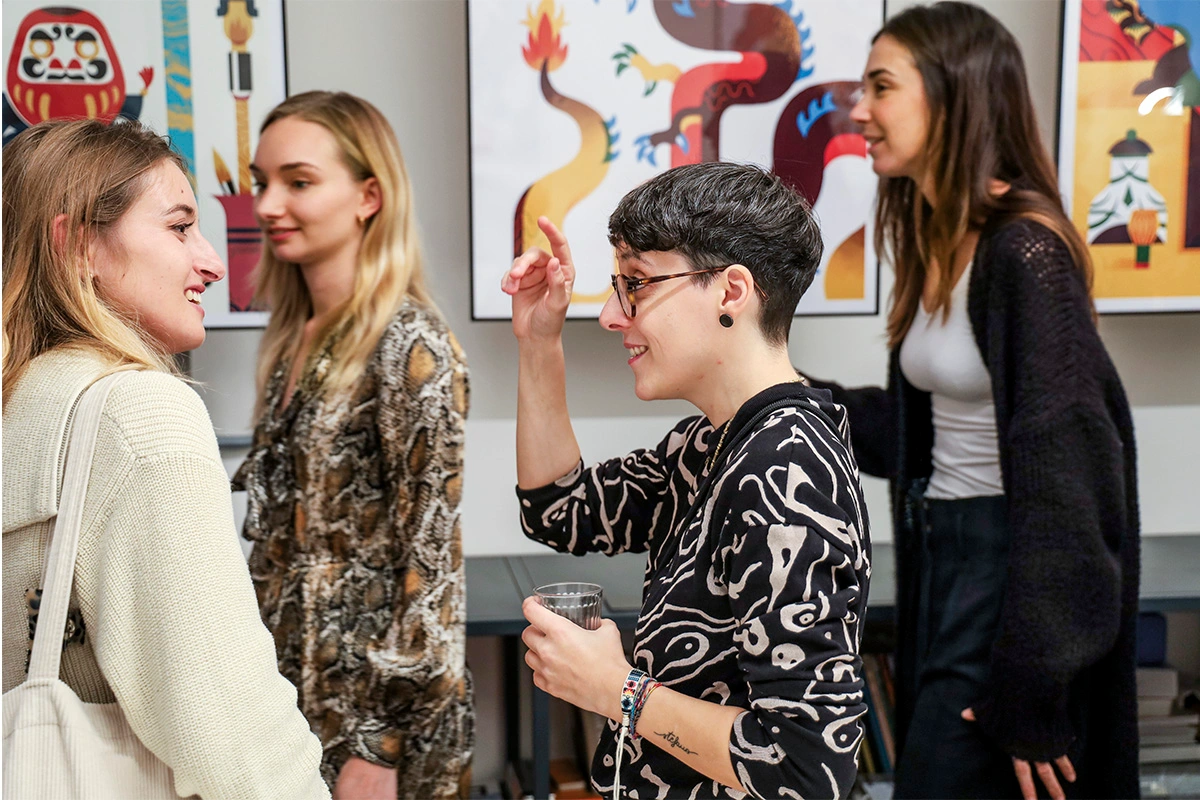
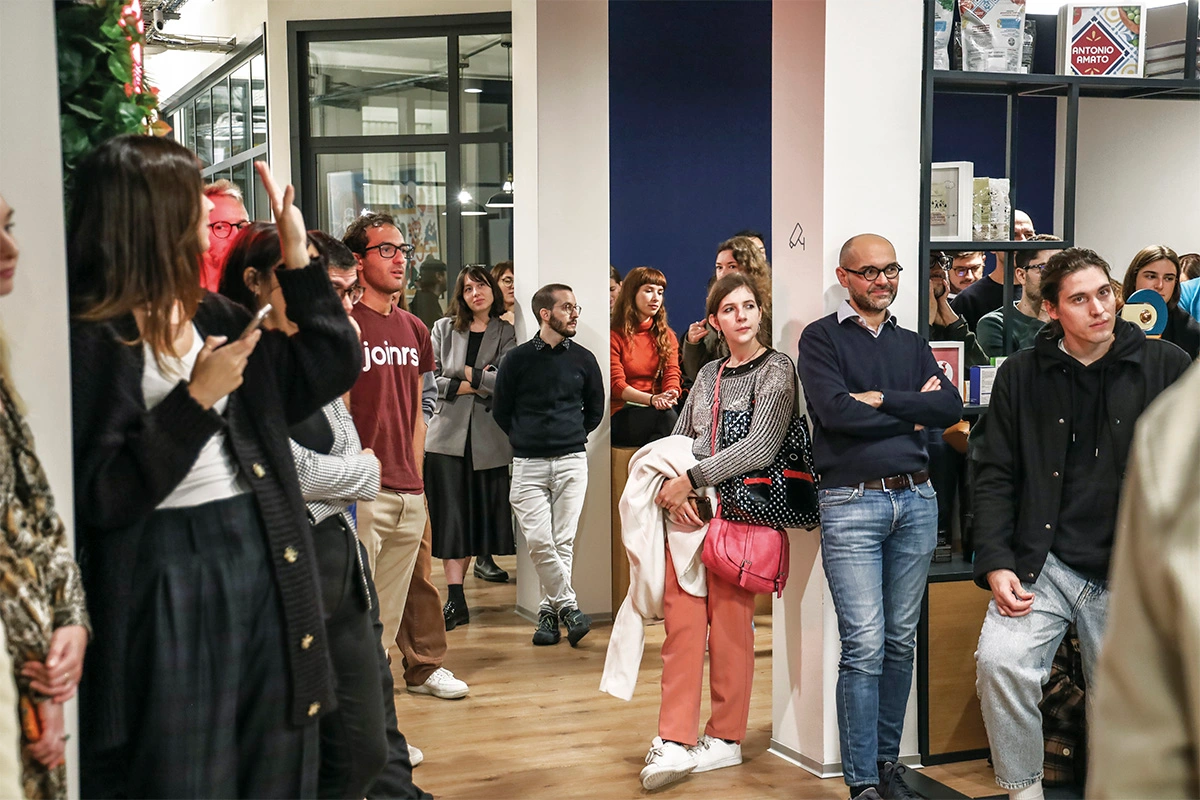
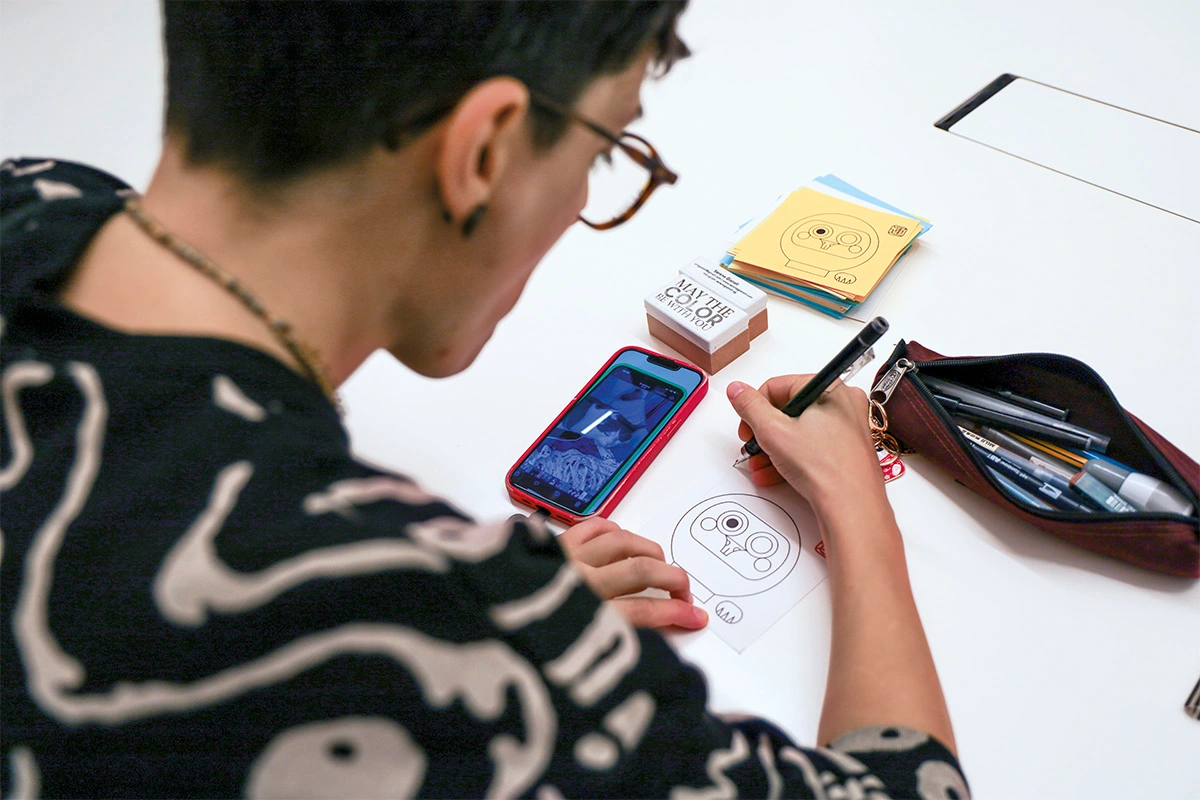
In thanking all the people who participated in the opening night, we would like to remind everyone that for the next six months, ‘Japonisme’ can be ‘visited’ at the CBA headquarters, located at Via San Francesco d’Assisi 15, Milan. We would also like to extend our thanks to Alessandro Doro, Raffaele Sabella, and Claudia Alexandrino, who were the protagonists of previous editions.
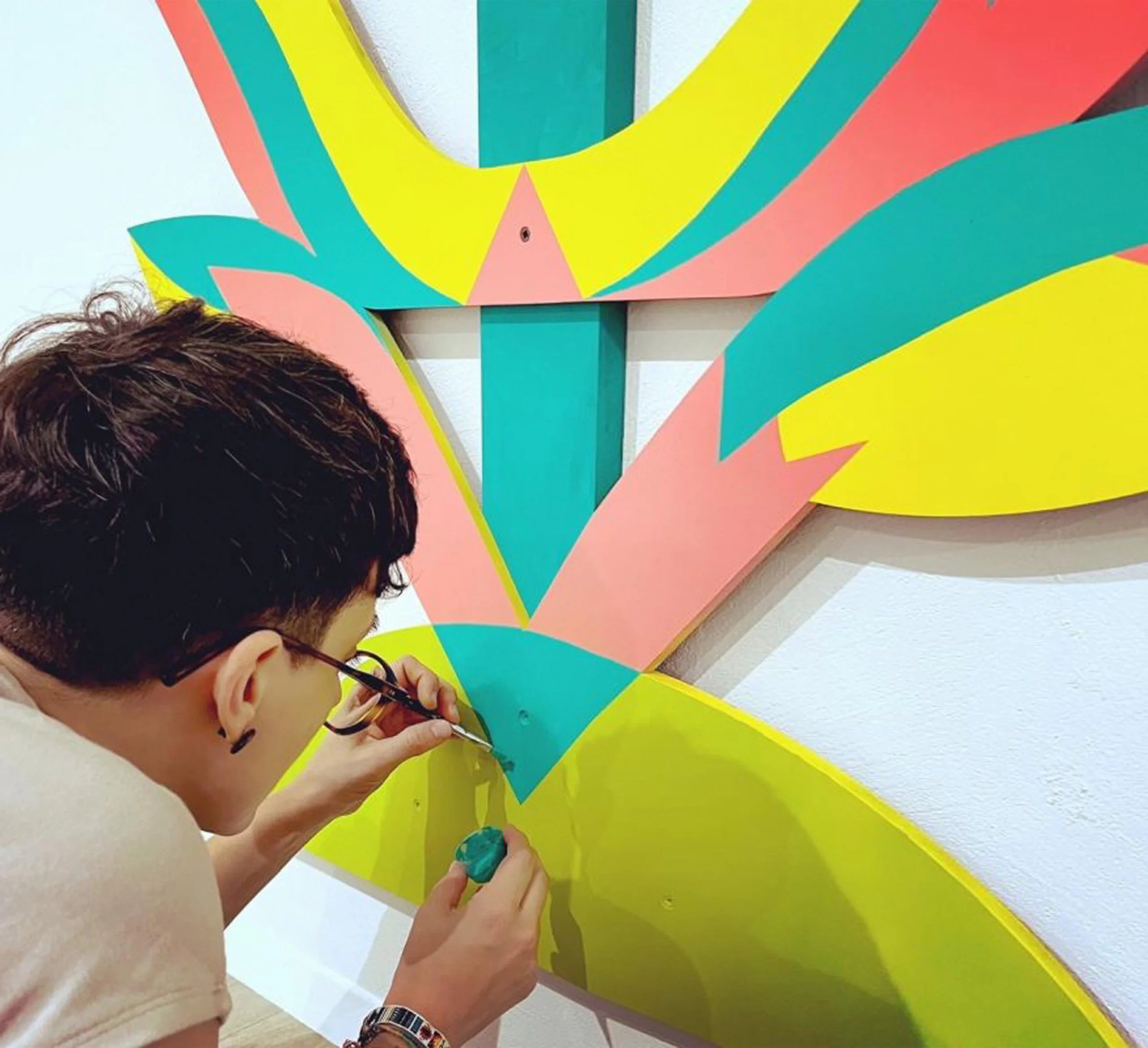

Serena Gianoli is an Illustrator and Visual Designer who lives and works in Milan, amidst black and white lines, colorful palettes, and a backpack full of markers, along with her ever-present sketchbook.
To delve deeper into her work and discover how her style will evolve, you can visit her Instagram profile @serenagianoli or her website www.serenagianoli.com.

It’s 3 years after the opening of the studio in Singapore and the recent opening of the studio in Ho Chi Minh that CBA Design continues its implantation in Asia.
CBA is opening its third studio in the region and with its growing presence in Asia, the three offices merge and become a single entity: CBA Asia.
A studio opening led once again by Marion Micoud, Managing Director and supported by the recruitment of Ada Xu, Client Director, Olivia Qian, Graphic Designer et Bian Wu, Strategic Director. The studio is already well established with major clients such as Savencia, Unilever and Nestlé.
Great things in perspective!
After two years since the opening of the studio in Singapore and a great success confirmed by a constant growth since then, with clients such as Unilever, Nestlé, Clarins among others, in key markets like China, Japan, India, Korea, Philippines and Australia, CBA expand its international presence by opening a new studio in Ho Chi Minh City!
The success of our team in Singapore is highlighted by two prestigious awards received last year and since the beginning of 2023 during the Transform Awards Asia and the World Brand Society Awards, for its work on the brand visual identity of Unilever brand, Lux.
CBA aims to be useful to brands and society and our team in Asia, a close-knit, enthusiastic and multicultural team, reflects that.
Marion Micoud
/ Managing Director Asia
Ricardo Oliveira
/ Creative Director, CBA Asia (Singapore)
Dammy Chowdhury
/ Client Services Director, CBA Asia (Singapore)
Nguyet Lam
/ Senior Client Manager, CBA Asia (Ho Chi Minh)
Jessica Lucas
/ Associate Client Manager, CBA Asia (Ho Chi Minh)
January has just begun and CBA Design is in the starting blocks to make this year a year of opportunities, exchanges and collaborations, which will mark on people’s consciences, just like the year 2022 that we are closing.
We are transforming the brands of tomorrow and bringing meaning to their journey. We are proud of these achievement, which have been made possible thanks to our amazing and dedicated teams around the world.
2022 was the year we celebrate our 40th anniversary, a major turning point in the life of an agency. 2022 was also for CBA a year of several recognitions with multiple awards received, passionate collaborations and achievements all around the world.
Our creative designers have created a calendar to accompany you throughout this promising year and be by your side everyday!
2022 is a very special year for CBA, as its story began in 1982. This year, we are celebrating the agency 40th anniversary, but also so much more: 40 years of brands, of creations, of successes, of meetings, of stories…. And the list goes on. As an international design agency, we had to celebrate it in a way which fully express our creativity. Which is why we started The Blimp Experience.
The Blimp has always been an iconic element of CBA’s graphic charter. It was only natural for our creative talents, from all around the word, to redesign it in the spirit of all these decades that the agency has lived through.
The Blimp Experience is a journey throught the last five decades on board of a blimp. Ready to take off ?








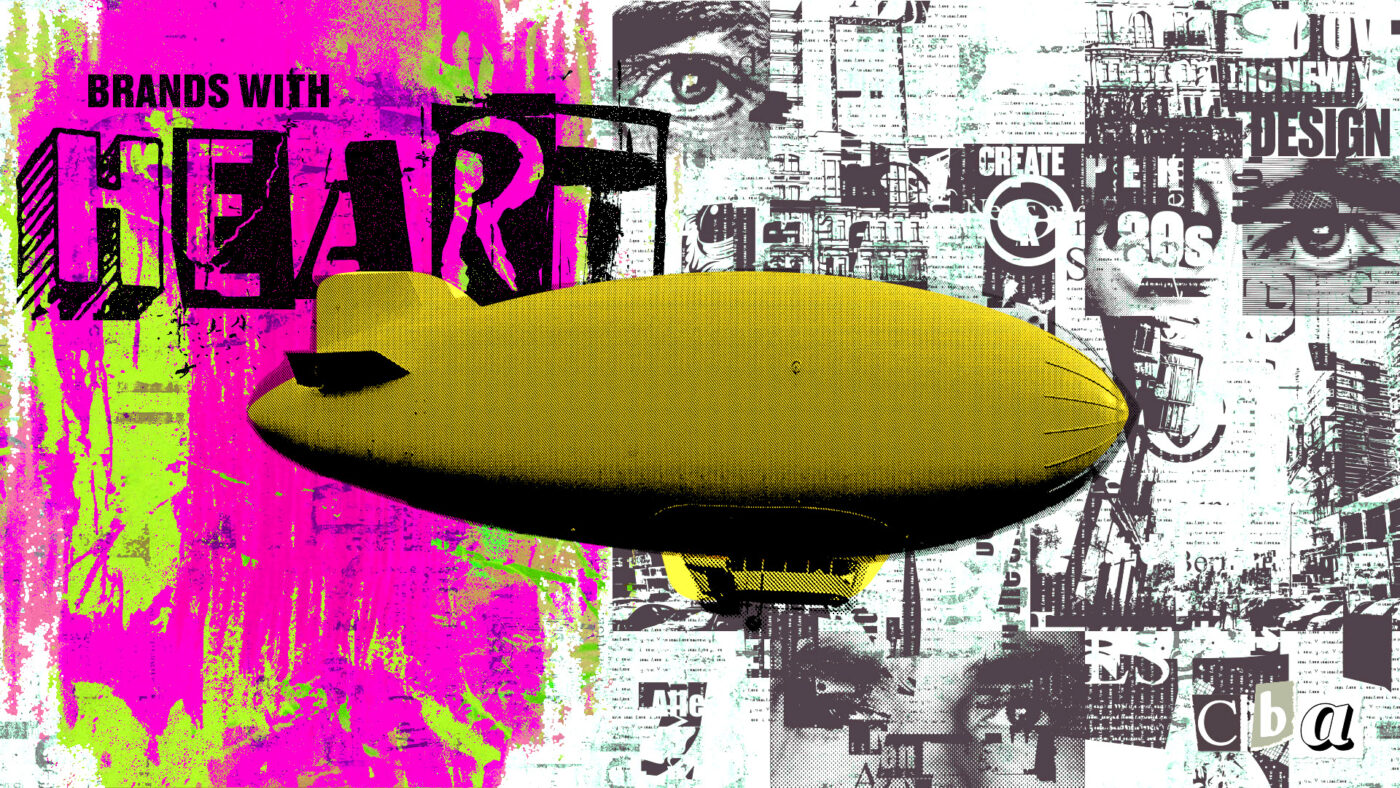
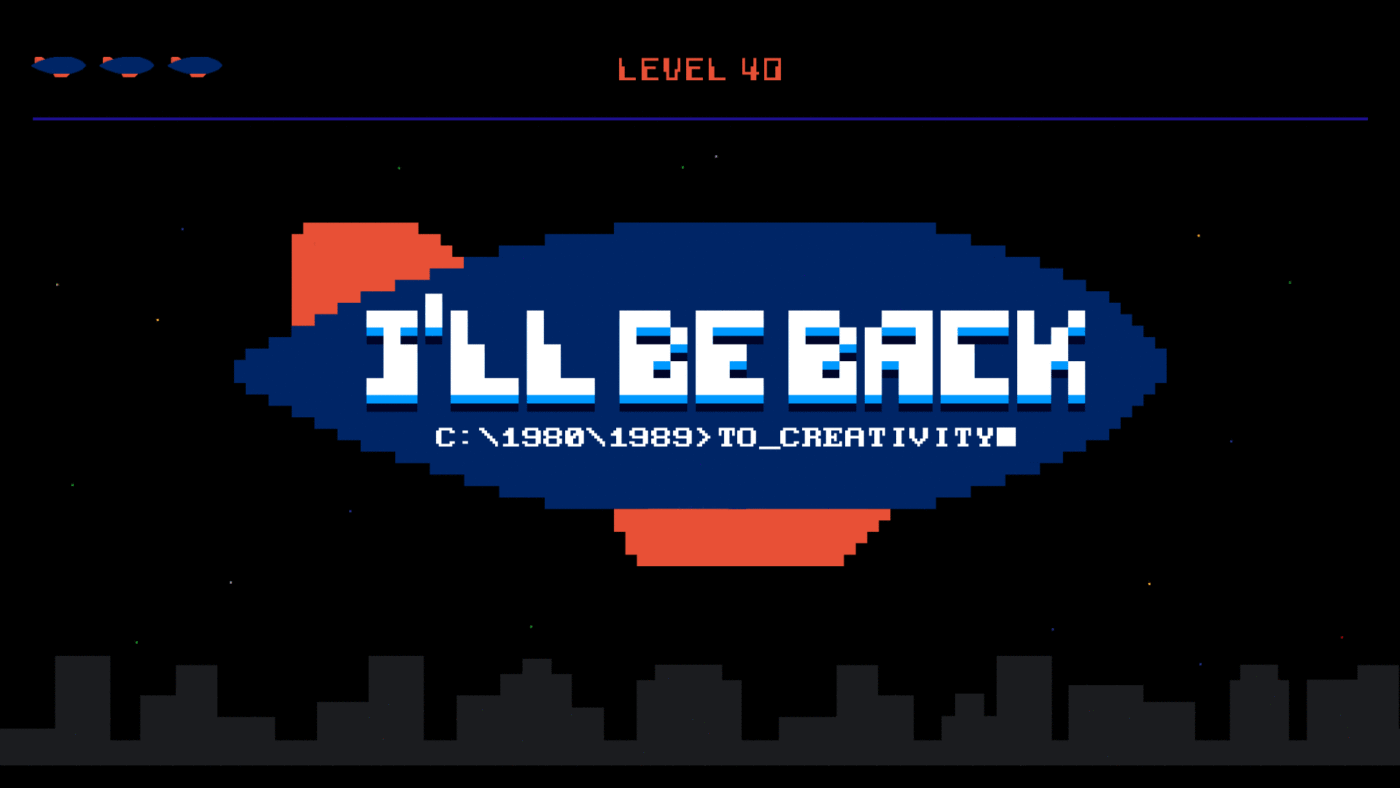
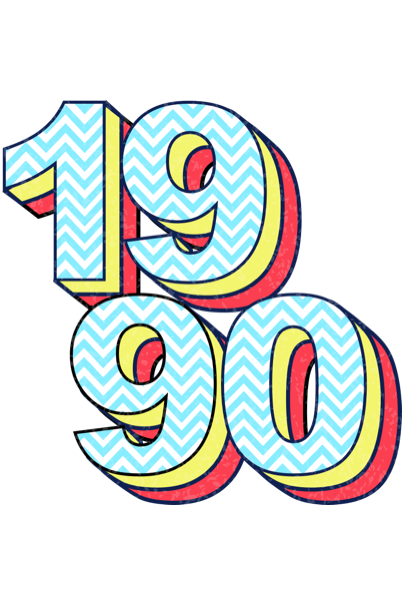

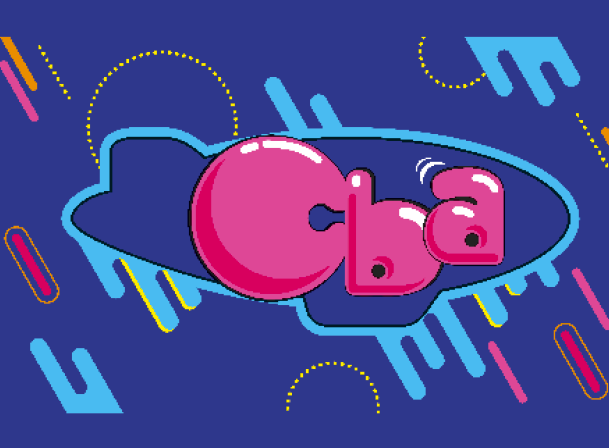
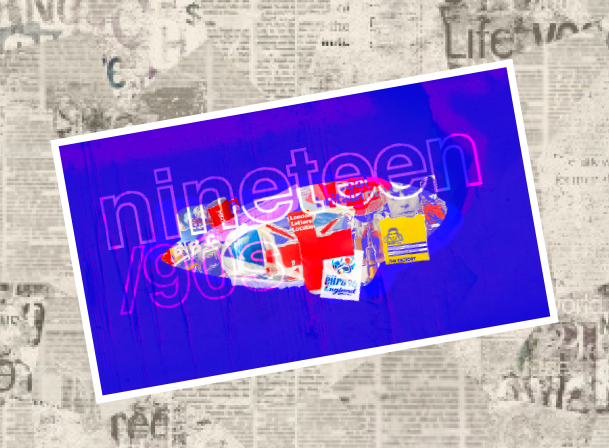


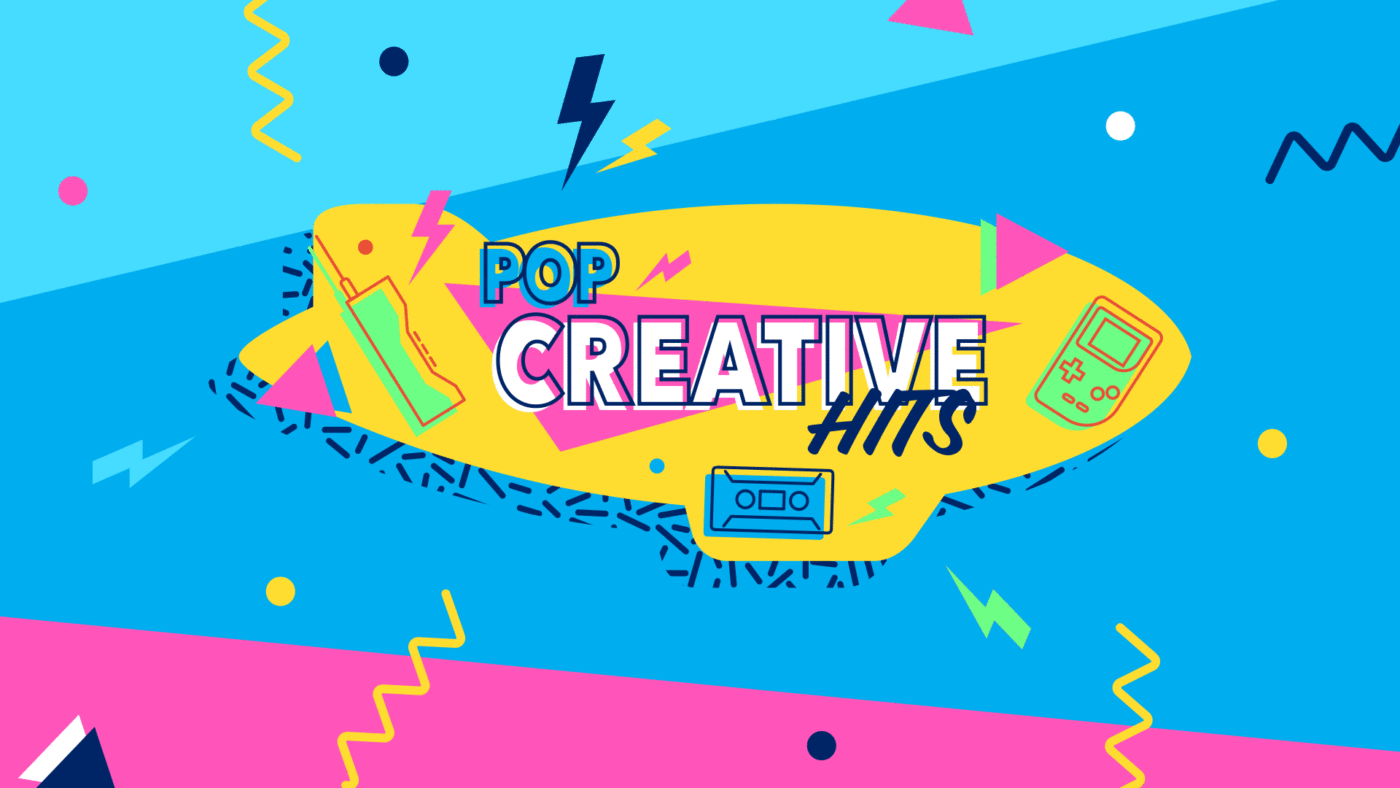
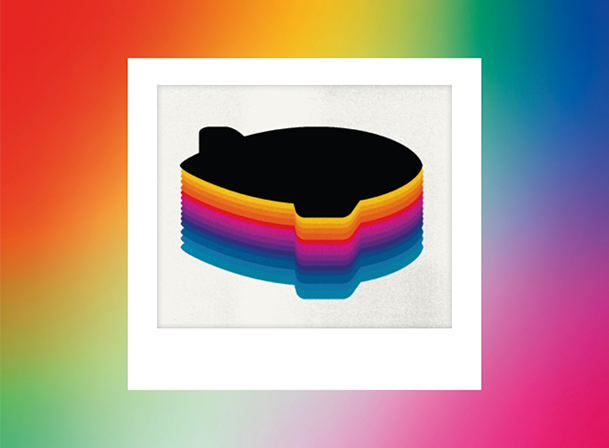
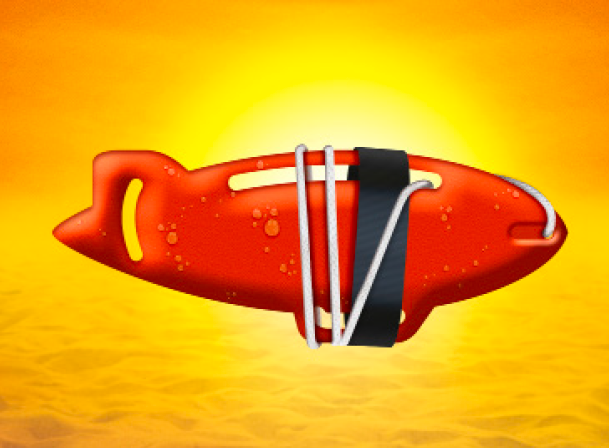
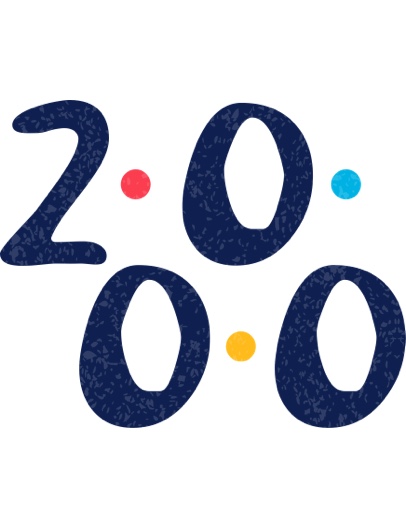


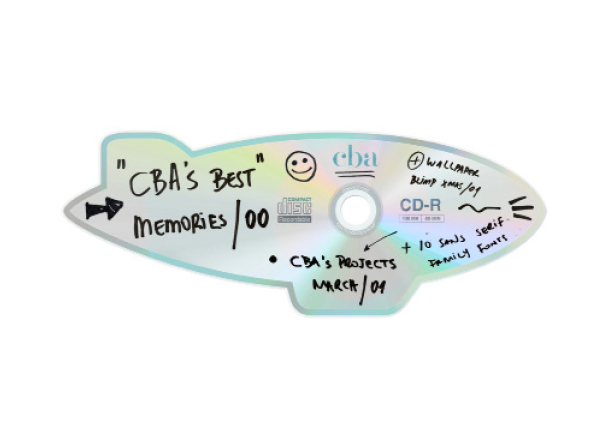
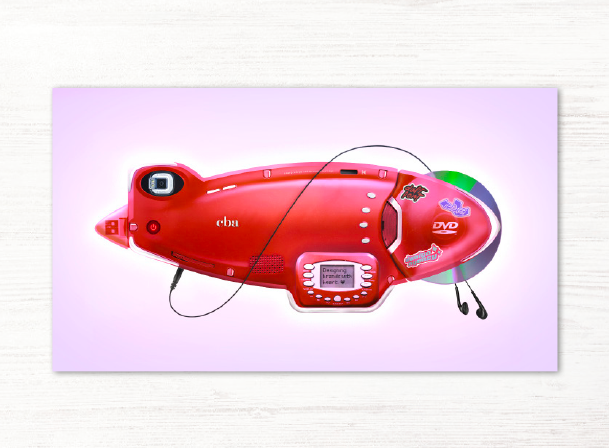
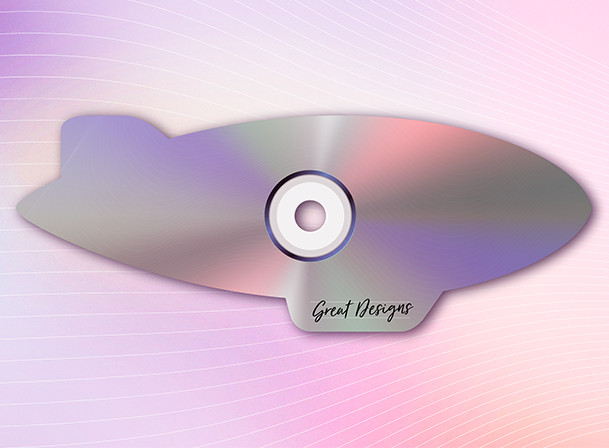
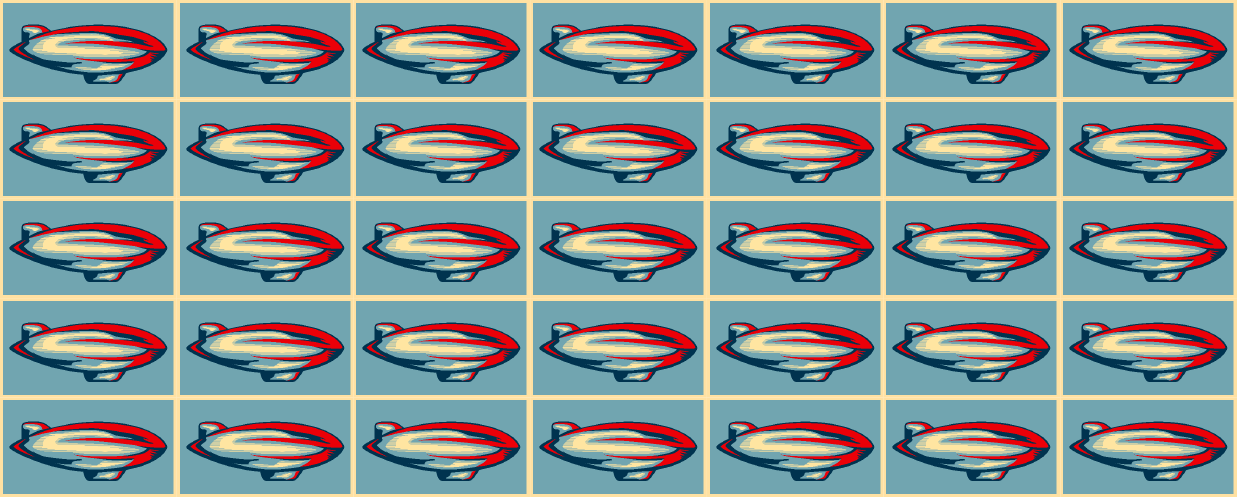
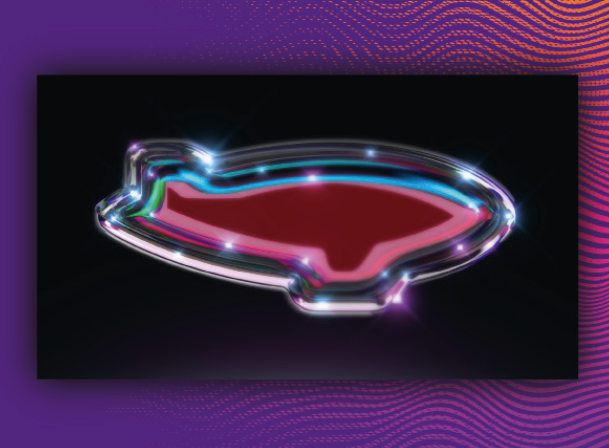


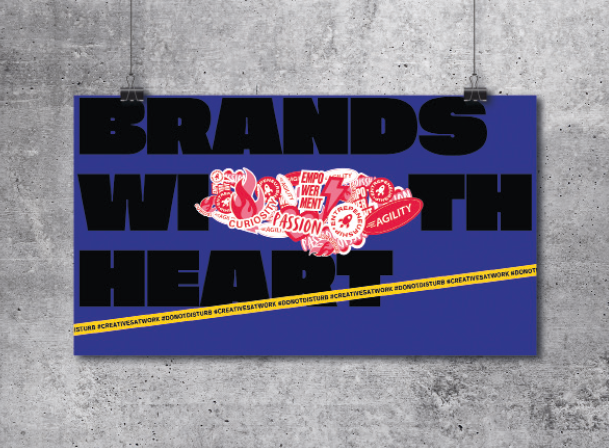


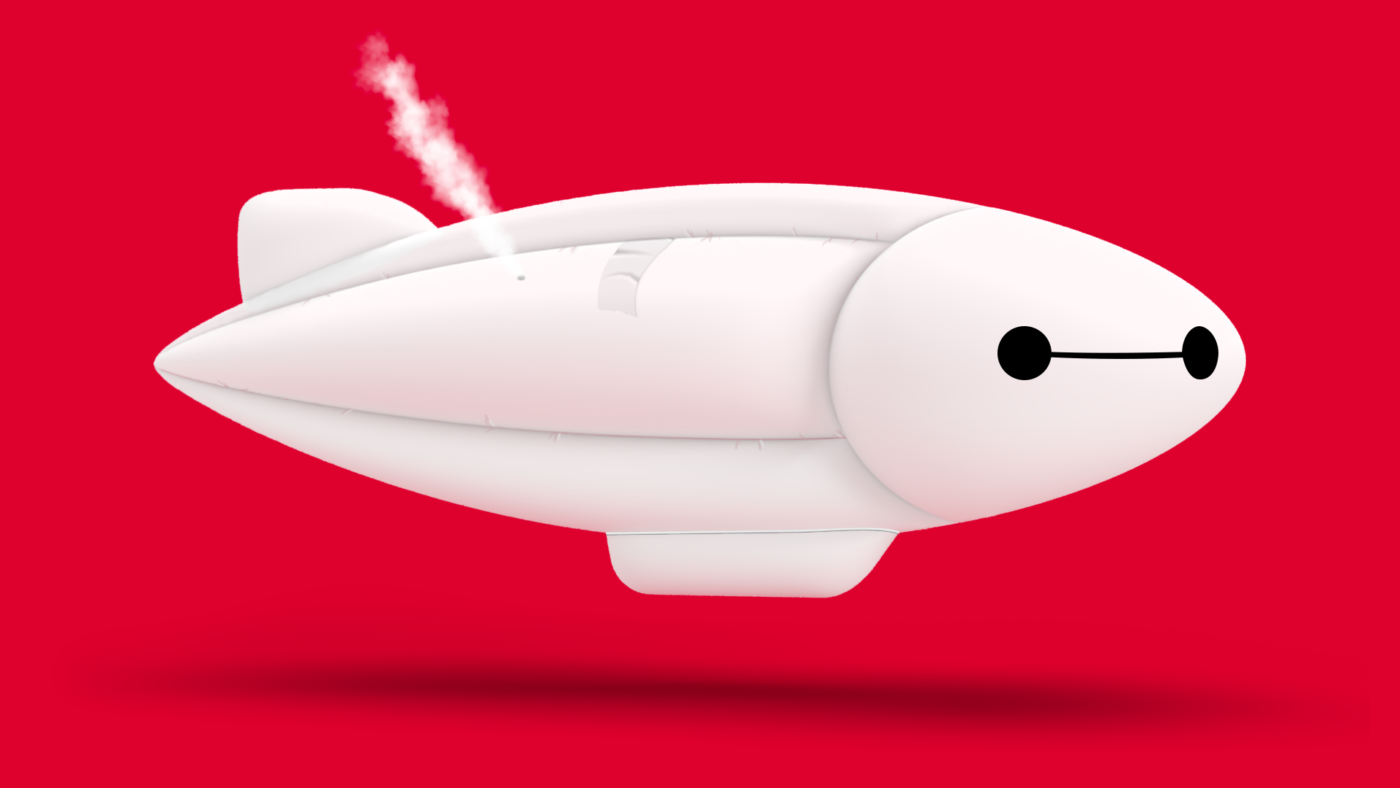

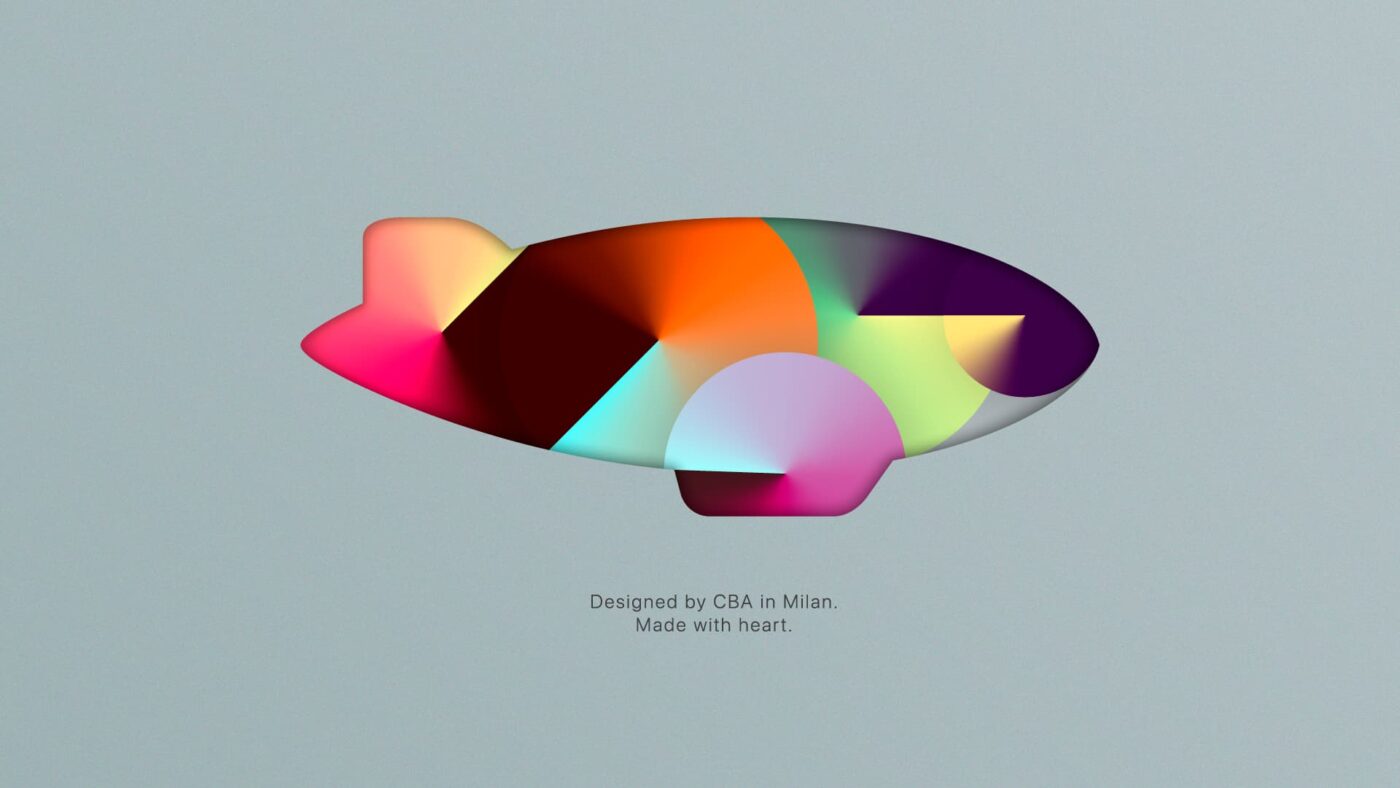
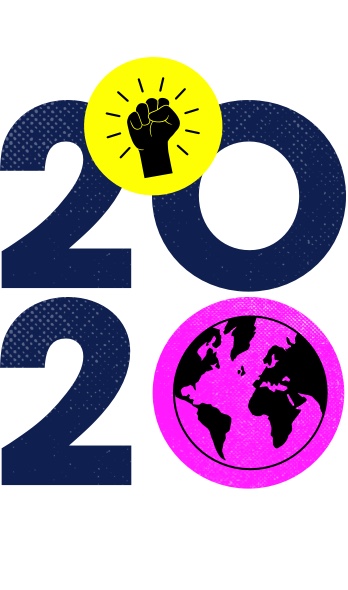
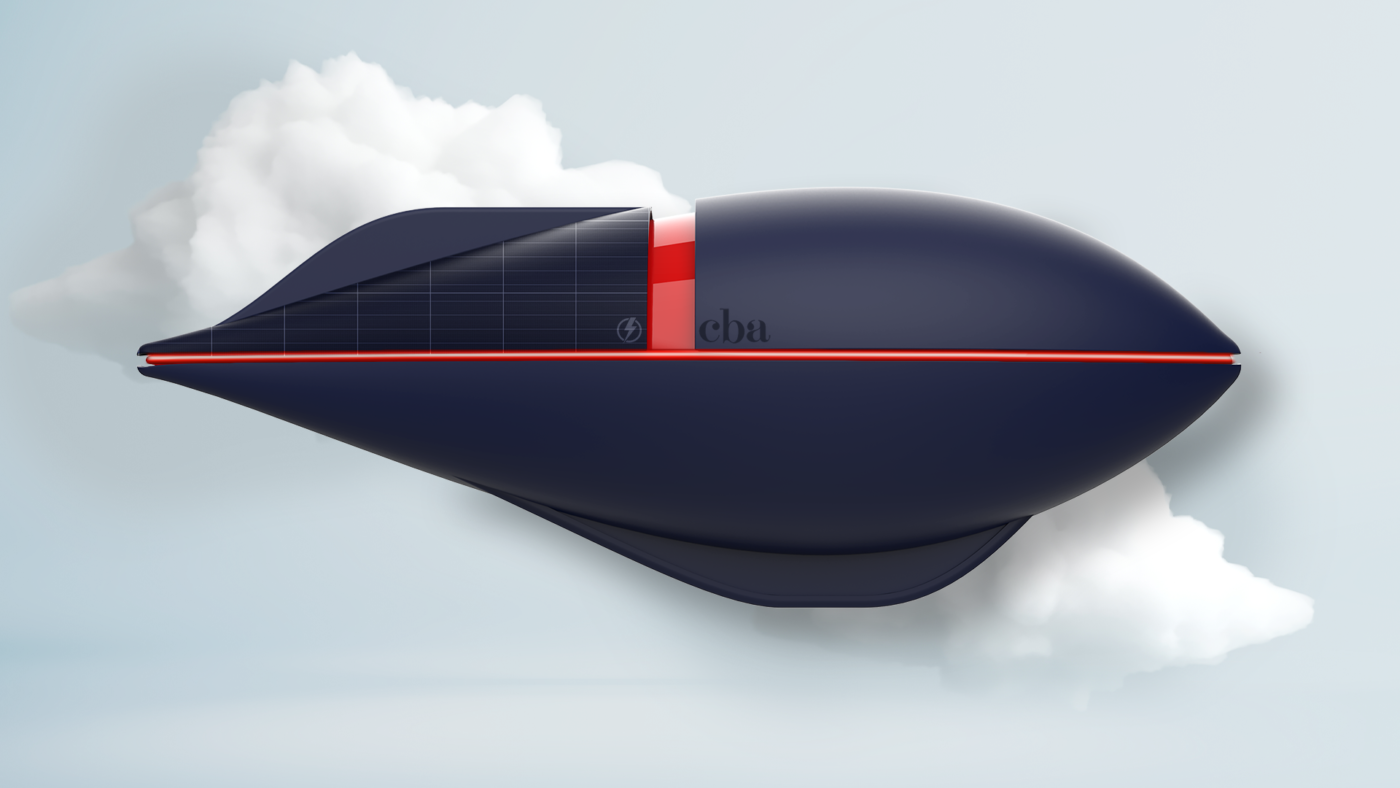

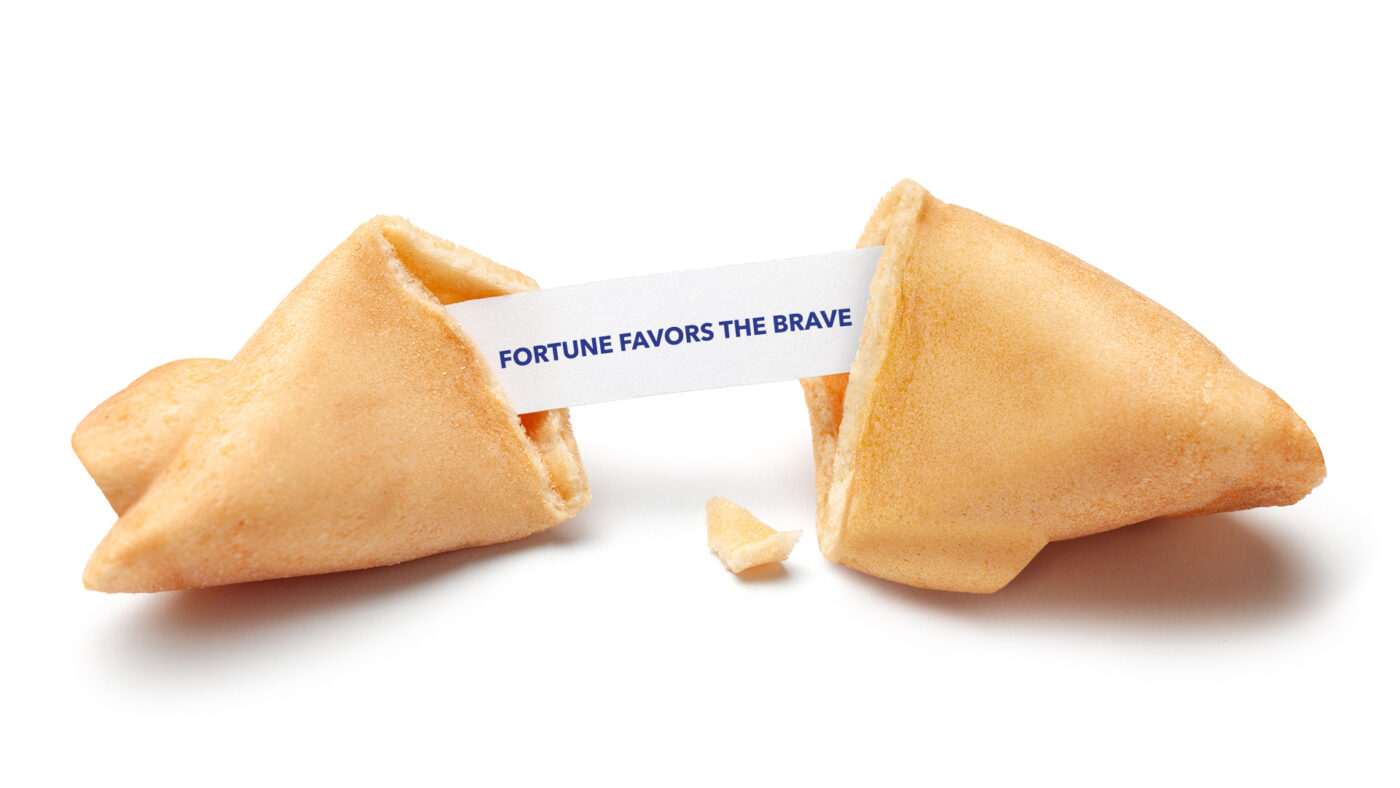

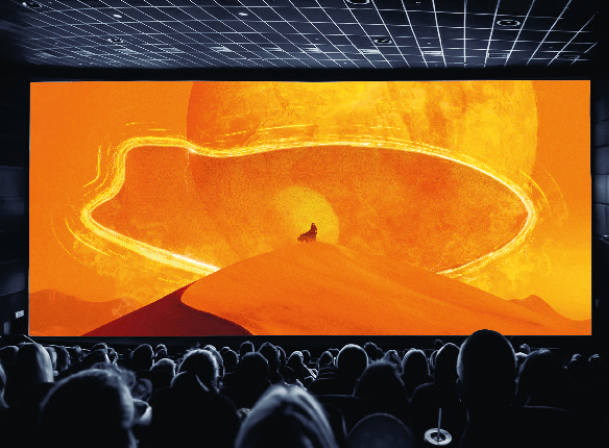
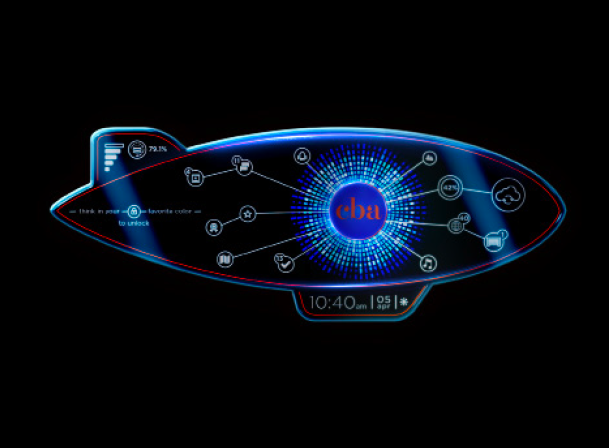


Following the user-centric approach that has always distinguished us, we have taken up some of the topics covered in our Food-Z research. The article frames 5 restaurant trends associated with as many moments of consumption, focusing on a world in constant evolution in which brand identity plays an increasingly crucial role.
1. CHOOSING THE RESTAURANT
Accessible cool: eating experiences that are cool, yet accessible.
There are three main drivers that lead 2021 consumers to choose a particular restaurant: perceived quality, the restaurant’s image, and affinity with the consumer’s identity.
The union of the first two drivers leads us to identify the first trend: Accessible cool. This is a type of format that is accessible to the majority of people but is seen by users as a fairly luxurious experience, thanks to significant attention to image and perceived quality. Accessible cool is the link between a classic restaurant and fast food, characterised by informal service and quick delivery.

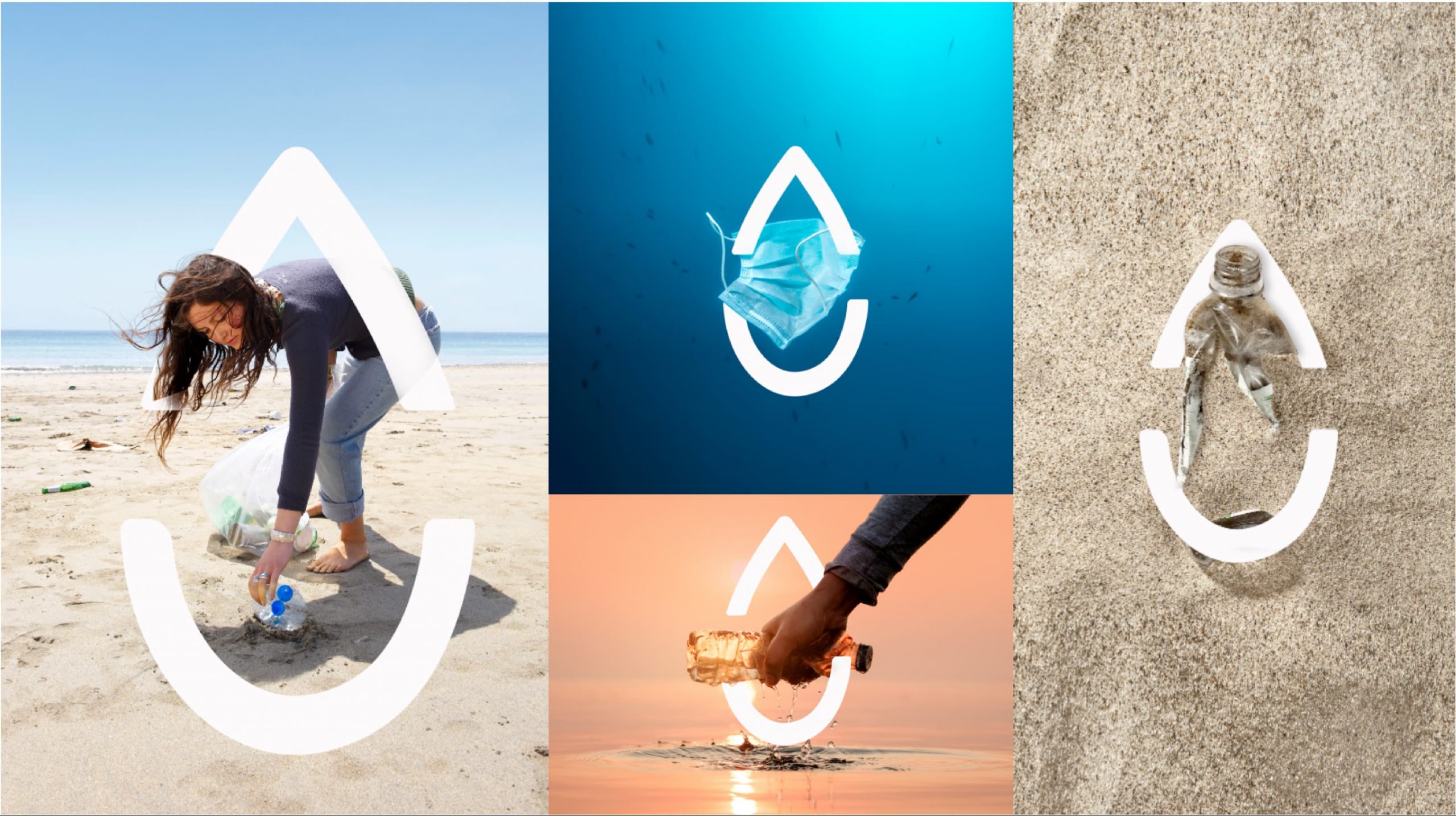

Hekfanchai, Milanese bing-shi, showcases original Hong-Kong street food in Milan, accompanied by the new dishes created by the Hong-Kong-born chef Kin Cheung, one of the most internationally popular names in Hong-Kong cuisine, and is offering something new: a cocktail list that is characterised by a fusion of East and West, studied by the bartender Francesco Menozzi. Everything is at truly reasonable prices.
https://www.hekfanchai.it/
2. ARRIVAL
Pick Up Point: a new strategy to pick up clients “on the go”
Over recent months and bolstered by the pandemic and the consequential need to focus on open-air eating, venues have literally populated the city’s streets, squares and pavements of Italy like never before.
With this passage of the restaurant experience from indoors to outdoors, one trend that we believe will become ever more important is that of the “Pick Up Point”; a strategic use of external spaces to intercept passing customers through the use of stations or by literally “opening up” the restaurant to the outside.
The result is coffee and drinking stations, literal satellite points outside the establishment that offer take-away experiences, avoiding the long queues that today’s consumers, impatient and conscious of social distancing, may find stressful. Opening up one’s restaurant to the outside, allowing consumers to explore the venue’s offerings in a direct and interactive manner, translates into a more inclusive attitude towards customers.


The Terrazza Aperol recently inaugurated in Venice seems to have immediately followed the trend: just outside the bar it is possible to find a drinking station ready to serve take-away and strolling drinks, useful for intercepting “on the go” consumers.
https://www.aperol.com/it/terrazza-aperol
3. CHOICE OF FOOD
All-in-one: Fast, quality and healthy dishes
On our journey exploring trends in the restaurant sector, we now finally come to the inside of the venue, and in particular to the moment of choosing the food.
As we also saw in FOODZ, people are ever increasingly attentive to what they eat, and exaggerating with food is seen as an exception. This is why the “All-in-One” formula is gaining in popularity; single dishes accompanied at most by a starter and a side dish, with balanced and clear calorie content and often international in style. This allows everyone to enjoy a quick, quality and healthy meal.

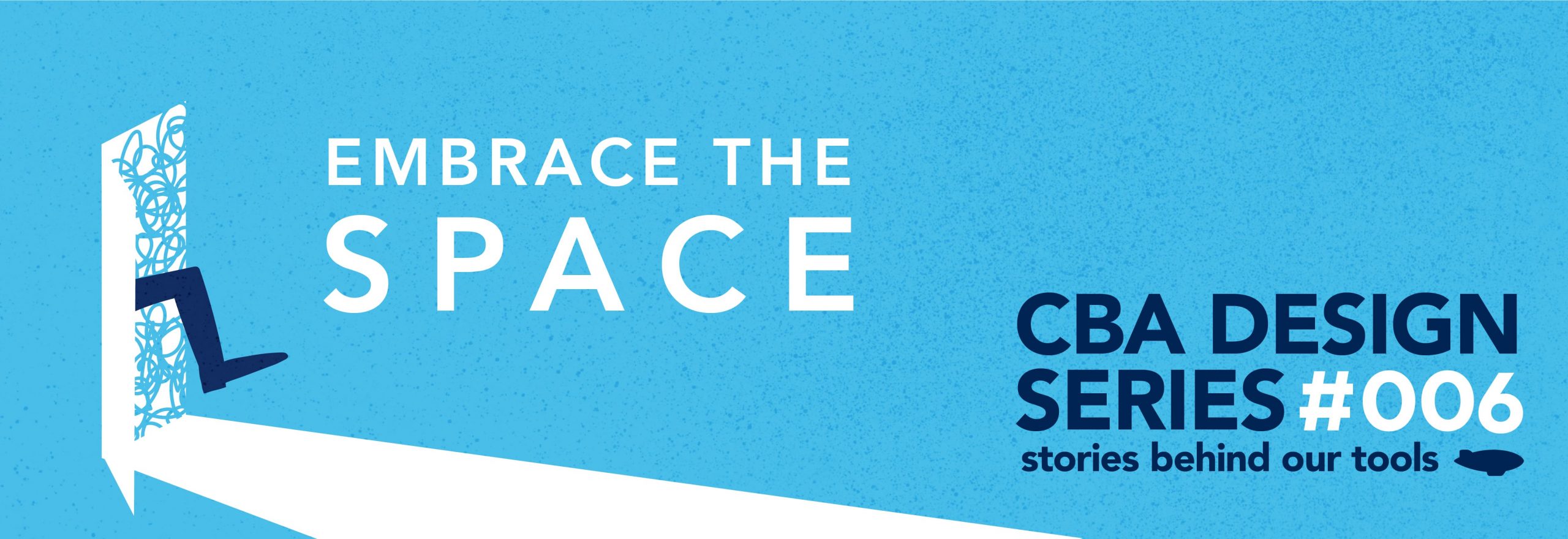
For example, Poke House, after having gone beyond national borders – 30 venues in Italy, Portugal and Spain – decided to return home with its tenth opening in Milan, in the Porta Venezia district. Customisable low-calorie Poke bowls that are quick to make and contain top-quality ingredients.
https://poke-house.com/it-it/
4. EXPERIENCE
Eatertainment: restaurants as venues for entertainment, for an experience that goes beyond food.
Nowadays, people don’t go out just to eat. Our research effectively demonstrates the social importance of food, which is even higher than that of its gastronomic qualities, in response to social pressure to “go out and do something in the evening”. Food is good “material”, which is why, in a venue, the brand, its history and its values can be a subject of conversation; a central aspect when seeing restaurants as brands.
For this very reason, restaurants that follow the trend of “Eatertainment”, offering entertainment services, will capture the attention and the curiosity of consumers. It is therefore fundamental for restaurateurs to identify their target market, in order to be able to design experiences that are in line with that market’s needs and desires. We have discussed this matter in further detail in our FoodZ research, which can be seen here.

In this light, one promising proposal is the format “The 3rd Spot”, which is due to open in the next few months. “Our aim is to encapsulate the positive energy that characterises dining and open-air experiences, which have made a significant contribution to this year’s positive memories. The idea is extremely simple; following an entire life spent working and two years spent at home, we all need a third place where we can feel good and where we can get away from it all” – stated Josh Rossmeisl, founder of The 3rd Spot.
https://the3rdspot.com/
5. DIGITAL LOYALTY
Digital programmes and services aimed at building customer loyalty
We have come to the final chapter in our restaurant experience. The subject here is “Digital Loyalty”, a fundamental concept in the restaurant sector (that of loyalty), revisited in a modern key thanks to new technology and new services present in the world of gastronomy. In the future, restaurants will be able to introduce loyalty programmes to reward returning customers; these will, in fact, be given the opportunity to become “virtual regulars”, consequently accessing a series of advantages and awards provided by the restaurants themselves.
It is a trend in line with the aim of small- and medium-sized restaurant businesses to strengthen the bond with their customers over distance. Restaurateurs will be able to create their own personal loyalty programmes (in line with their brand and the expectations of their target) and set out the main characteristics. Physical cards, proprietary applications, delivery platforms… there are countless methods, and they can be valorised through the creativity of the restaurateurs.
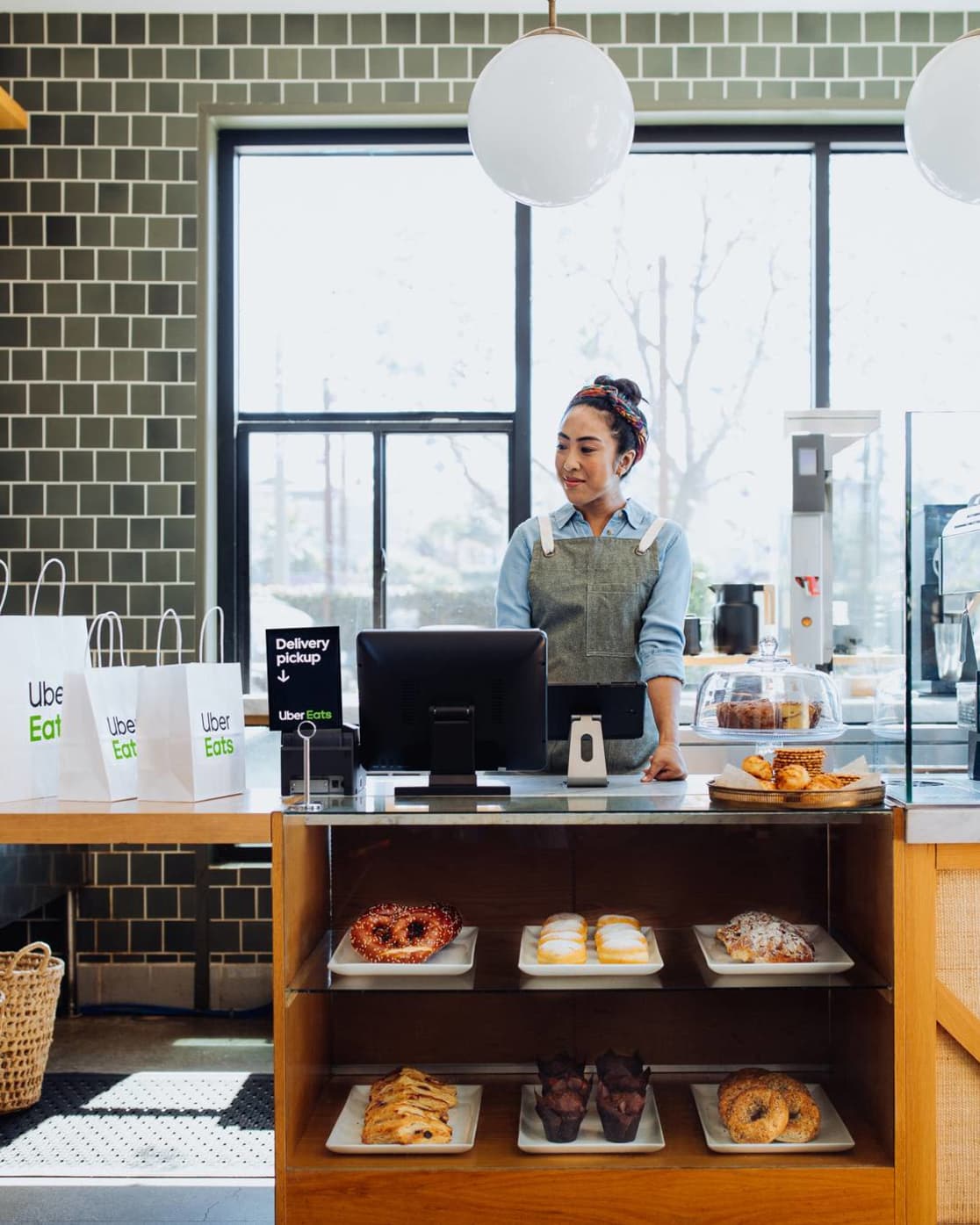

Uber Eats builds loyalty with its new Restaurant Loyalty service; in the future, all users and restaurants with the Uber Eats app will be able to introduce loyalty programmes to reward all the customers who continue to return.
https://restaurants.ubereats.com/gb/en/loyalty-program/
Giulio Vescovi, Strategic Designer at CBA
Since its creation, CBA has been working with brands on design problematic by placing Human being at the very core of its approach. For the agency, it is together, by associating various talents and expertise but also by listening to consumers, that it detects and brings to light the meaning and purpose of brands, through design. For CBA, design is a tool for positive transformation; it shapes differences and allows brands and consumers to leave a lasting positive impact on society, on environment; and on the world.
However, nowadays, having and claiming a purpose is no longer enough. Now, it requires tangible evidence to embody our message with honesty and authenticity.
With a “raison d’être” already detected, the agency decided to undertake this exercise by its own, in order to be able to manage the best possible collaboration with brands.
That is why, in 2021, CBA has decided to reassert its positioning, its missions and its values through the redefinition of its brand platform, its graphic territories and its consumers’ experience on digital.
The results? A new brand speech and a new digital ecosystem, merging meaning with performance, in order to live up to its convictions.
With the aim of focusing on what makes the design agency unique, international workshops were set up to redefine the CBA brand platform. This collaboration has allowed the association of various talents in the world. The main idea was to create a flexible design identity ecosystem to allow each agency around the world to customize it according to its cultural and local influences.
This collaborative work has enabled the agency to create an agile brand platform that reflects CBA’s international standing, and that is consistent with a common and meaningful message.
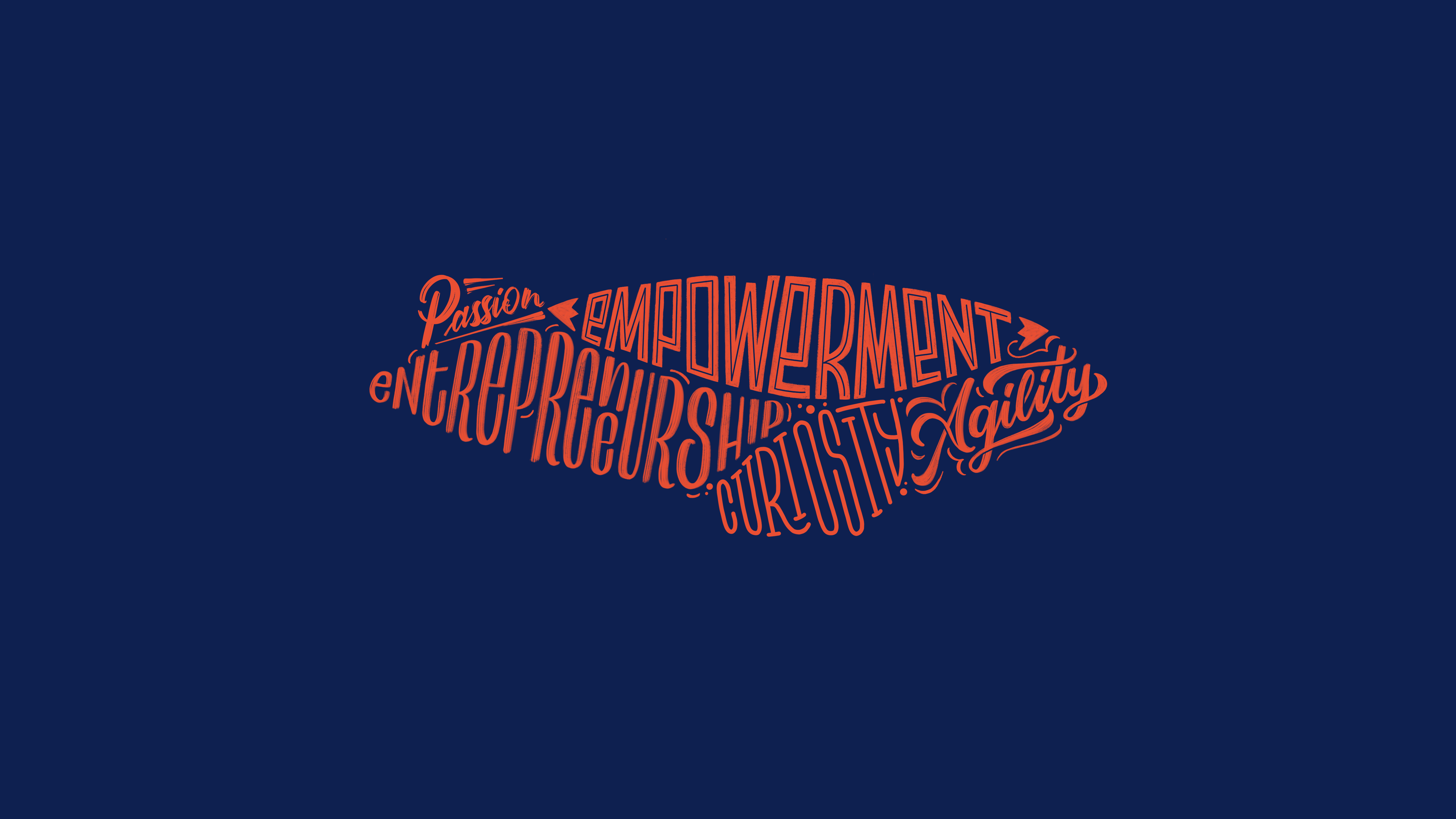
This web design project has been initiated by CBA’s digital teams in Paris.
A major challenge with a double goal:
From the beginning of this project, we’ve put the user at the core of our thinking to make it easier for them to understand the new positioning of CBA as they navigate
Digital Artistic Director
Although the precedent version was a true showcase of its “savoir-faire”, the agency wanted to give a more human and design dimension to its digital ecosystem; hence making its websites a mirror of its expertise and personality.
The goal was to create a true brand experience, with flexible design to allow its various international offices to encounter their own cultural singularity, specific to each country and each team.
The agency needed to give more meaning to its websites, through its speech regarding its new positioning, for its design with the idea of reflecting the core of its business and finally, from technical point of view, to be suitable with its international development and with the best web practices in 2021.
Thus, thanks to a collaborative and international work, CBA proves the successful association of its talents throughout the world.
Today, the agency got a relift and is equipped with new websites that match with its creativity. It offers a brand experience that highlights the meaning hidden behind the design, the purpose embodiment of the agency and its savoir-faire.
Subscribe and receive CBA’s latest news directly in your inbox!
| Cookie | Duration | Description |
|---|---|---|
| cookielawinfo-checbox-analytics | 11 months | This cookie is set by GDPR Cookie Consent plugin. The cookie is used to store the user consent for the cookies in the category "Analytics". |
| cookielawinfo-checbox-functional | 11 months | The cookie is set by GDPR cookie consent to record the user consent for the cookies in the category "Functional". |
| cookielawinfo-checbox-others | 11 months | This cookie is set by GDPR Cookie Consent plugin. The cookie is used to store the user consent for the cookies in the category "Other. |
| cookielawinfo-checkbox-advertisement | 1 year | The cookie is set by GDPR cookie consent to record the user consent for the cookies in the category "Advertisement". |
| cookielawinfo-checkbox-necessary | 11 months | This cookie is set by GDPR Cookie Consent plugin. The cookies is used to store the user consent for the cookies in the category "Necessary". |
| cookielawinfo-checkbox-performance | 11 months | This cookie is set by GDPR Cookie Consent plugin. The cookie is used to store the user consent for the cookies in the category "Performance". |
| viewed_cookie_policy | 11 months | The cookie is set by the GDPR Cookie Consent plugin and is used to store whether or not user has consented to the use of cookies. It does not store any personal data. |
| Cookie | Duration | Description |
|---|---|---|
| aka_debug | This cookie is set by the provider Vimeo.This cookie is essential for the website to play video functionality. The cookie collects statistical information like how many times the video is displayed and what settings are used for playback. | |
| player | 1 year | This cookie is used by Vimeo. This cookie is used to save the user's preferences when playing embedded videos from Vimeo. |
| pll_language | 1 year | This cookie is set by Polylang plugin for WordPress powered websites. The cookie stores the language code of the last browsed page. |
| Cookie | Duration | Description |
|---|---|---|
| _gat | 1 minute | This cookies is installed by Google Universal Analytics to throttle the request rate to limit the colllection of data on high traffic sites. |
| YSC | session | This cookies is set by Youtube and is used to track the views of embedded videos. |
| Cookie | Duration | Description |
|---|---|---|
| _ga | 2 years | This cookie is installed by Google Analytics. The cookie is used to calculate visitor, session, campaign data and keep track of site usage for the site's analytics report. The cookies store information anonymously and assign a randomly generated number to identify unique visitors. |
| _gid | 1 day | This cookie is installed by Google Analytics. The cookie is used to store information of how visitors use a website and helps in creating an analytics report of how the website is doing. The data collected including the number visitors, the source where they have come from, and the pages visted in an anonymous form. |
| vuid | 1 years | This domain of this cookie is owned by Vimeo. This cookie is used by vimeo to collect tracking information. It sets a unique ID to embed videos to the website. |
| Cookie | Duration | Description |
|---|---|---|
| IDE | 1 year 24 days | Used by Google DoubleClick and stores information about how the user uses the website and any other advertisement before visiting the website. This is used to present users with ads that are relevant to them according to the user profile. |
| test_cookie | 15 minutes | This cookie is set by doubleclick.net. The purpose of the cookie is to determine if the user's browser supports cookies. |
| VISITOR_INFO1_LIVE | 5 months 27 days | This cookie is set by Youtube. Used to track the information of the embedded YouTube videos on a website. |
| Cookie | Duration | Description |
|---|---|---|
| CONSENT | 3 years | No description |